Order and Rider Management System(NON-OBD)
This guide provides a structured approach to efficiently managing rider information within the Rider Management section of the dashboard. It ensures accurate data entry, proper vehicle assignment, shift scheduling, and payout rule configuration while maintaining compliance with operational and business protocols. This process streamlines rider registration, reduces errors, and optimizes the management of rider profiles. The process begins with an administrator or manager logging into the dashboard and navigating to the Rider Management section. After selecting the appropriate store details, essential rider information such as name, contact number, Aadhaar card number, and gender is entered. Identification documents are uploaded using the "Upload Image" function. Shift timings and payout rules are configured accordingly. The rider’s vehicle is selected from the available options, or the "Auto-create vehicle" feature is used if necessary. Additionally, an upstream worker code is generated by entering the required details into the system. Once all information is provided, the details are submitted, and the system processes and stores the data, assigning a unique username and system-generated code to the rider. The Rider Management page is then updated with the new profile. If any inconsistencies arise, such as an incorrect mobile number or missing mandatory fields, the system prompts the user to make corrections before finalizing the submission. This ensures that rider profiles are accurately created and maintained, supporting operational efficiency and data integrity.
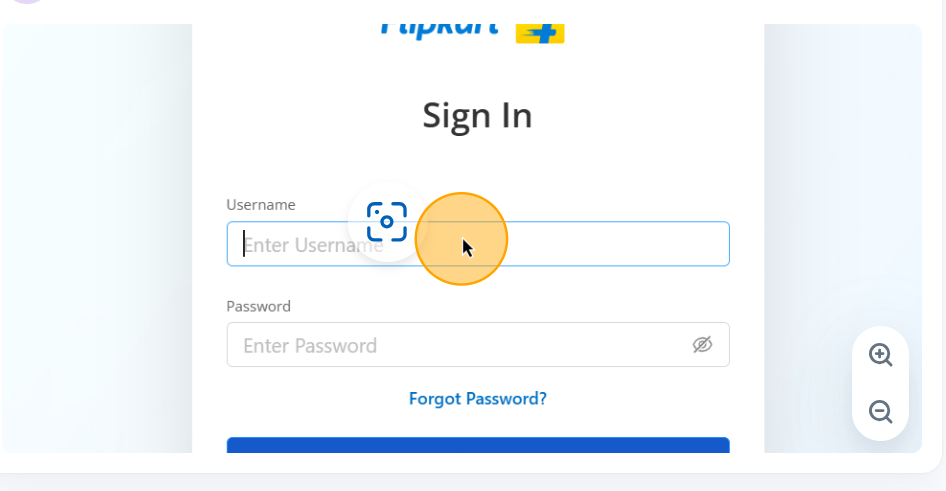
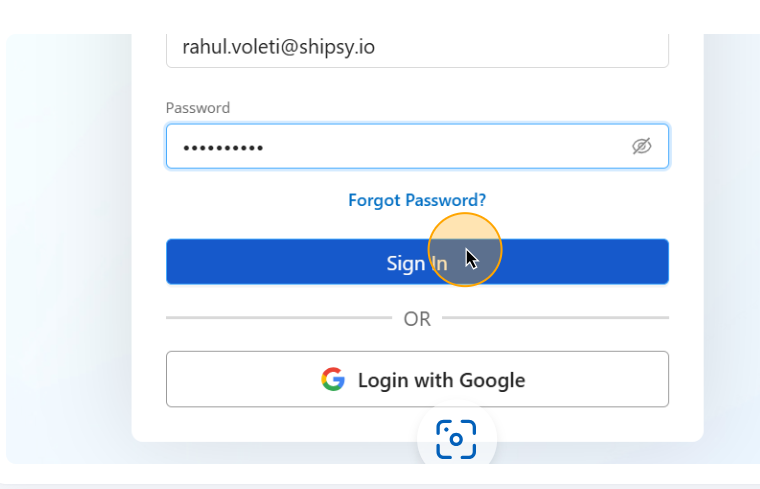
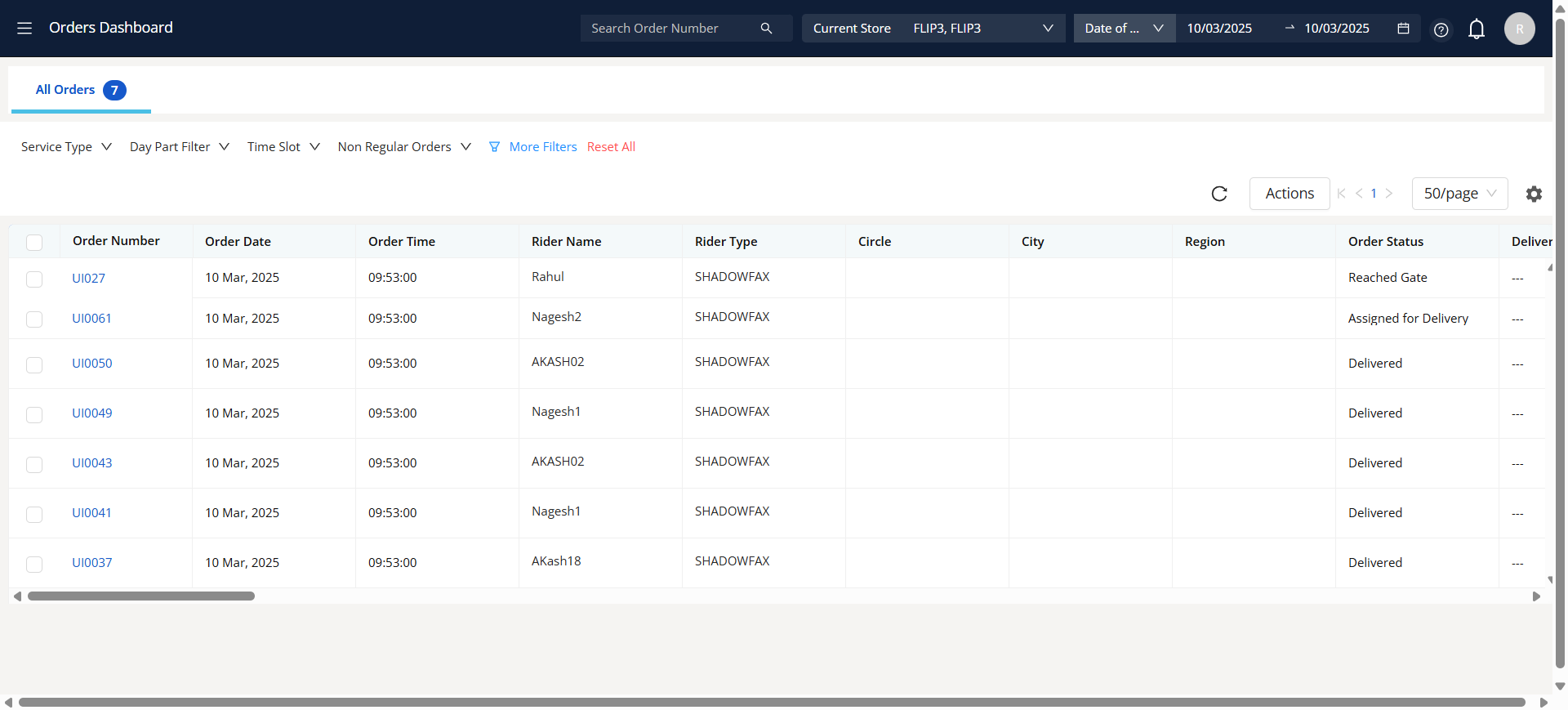
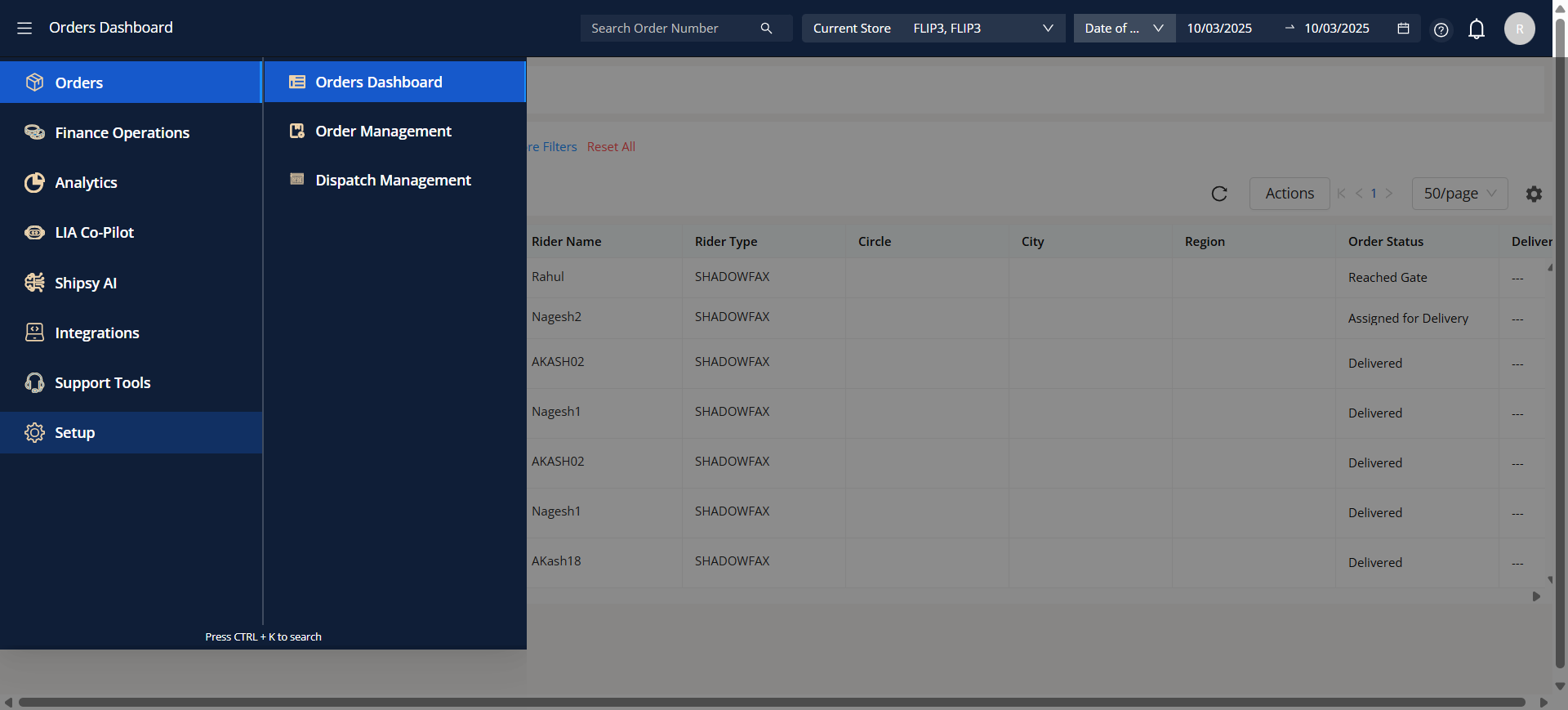
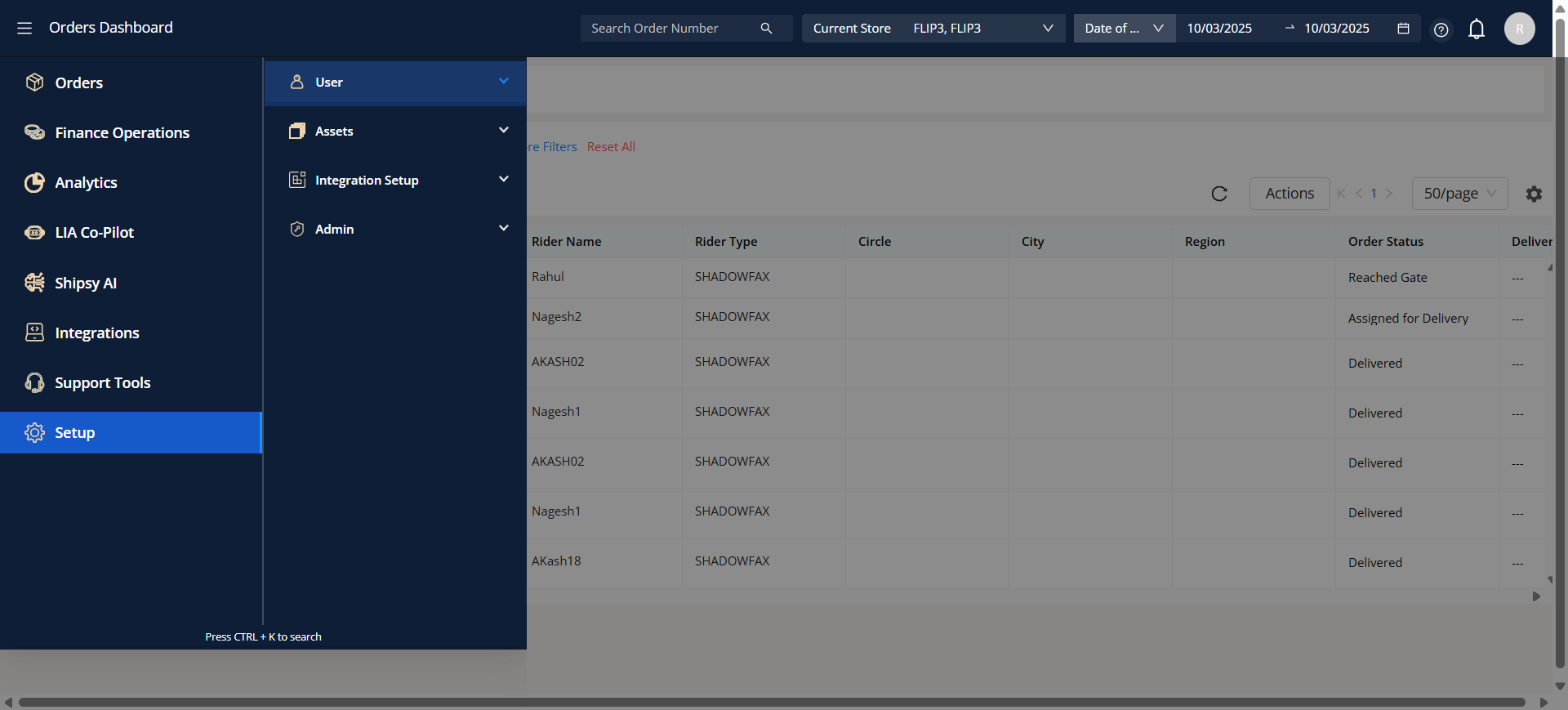
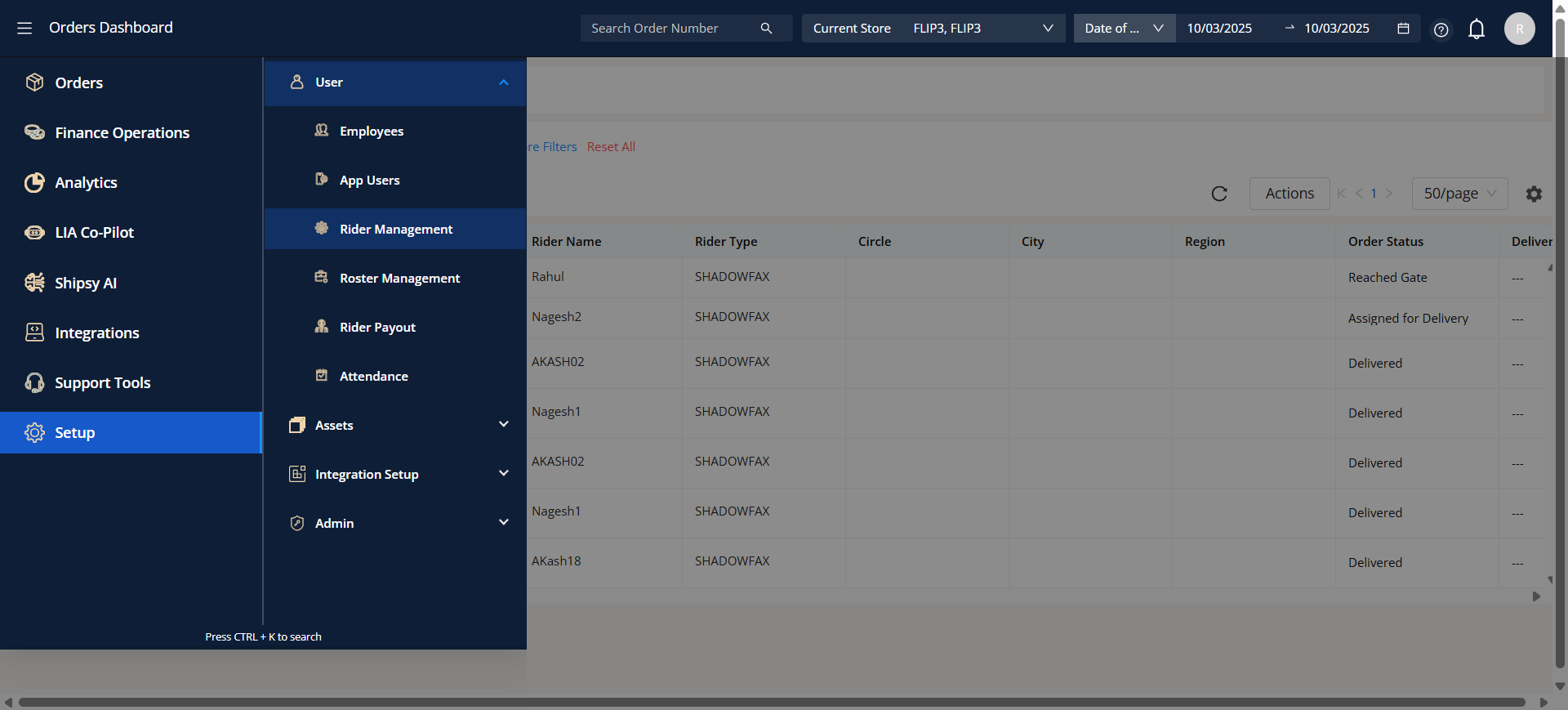
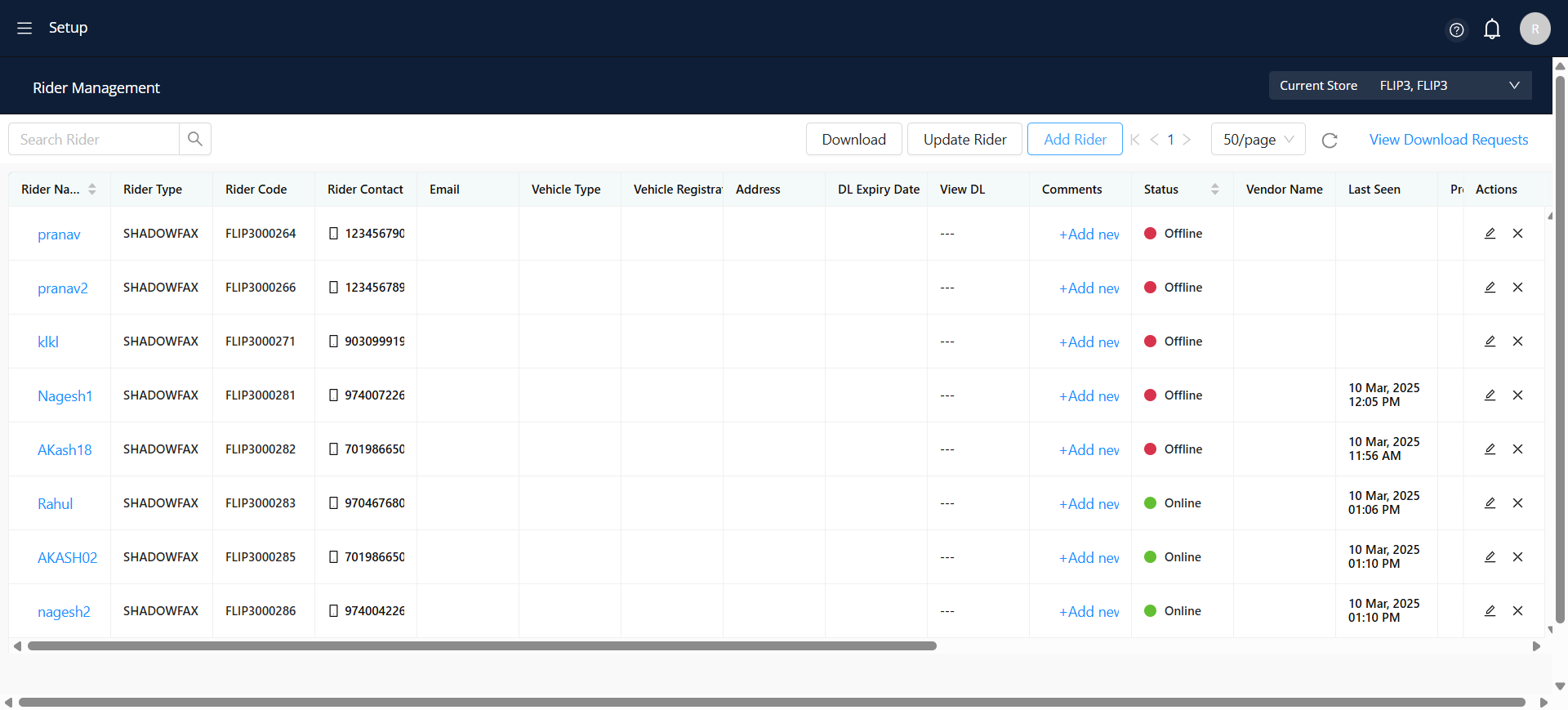
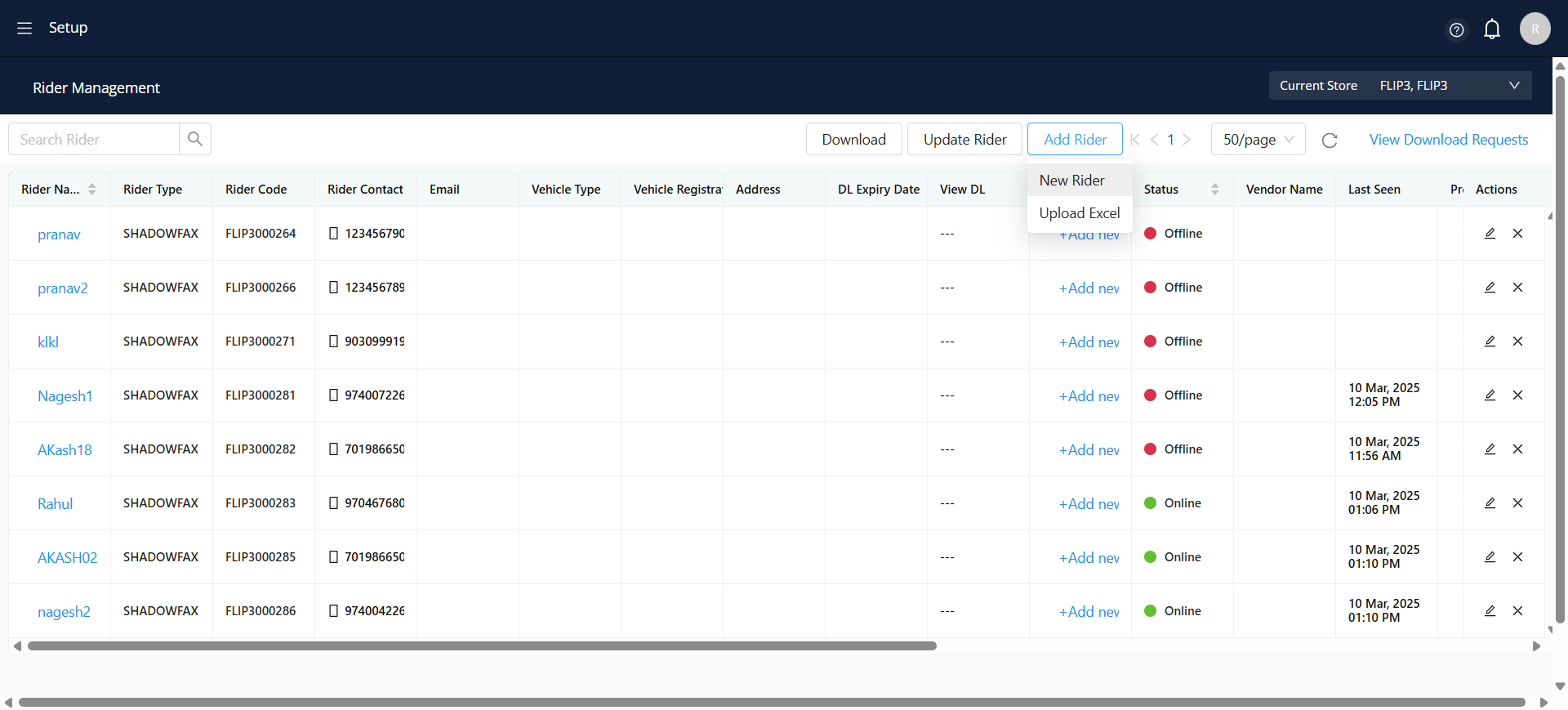
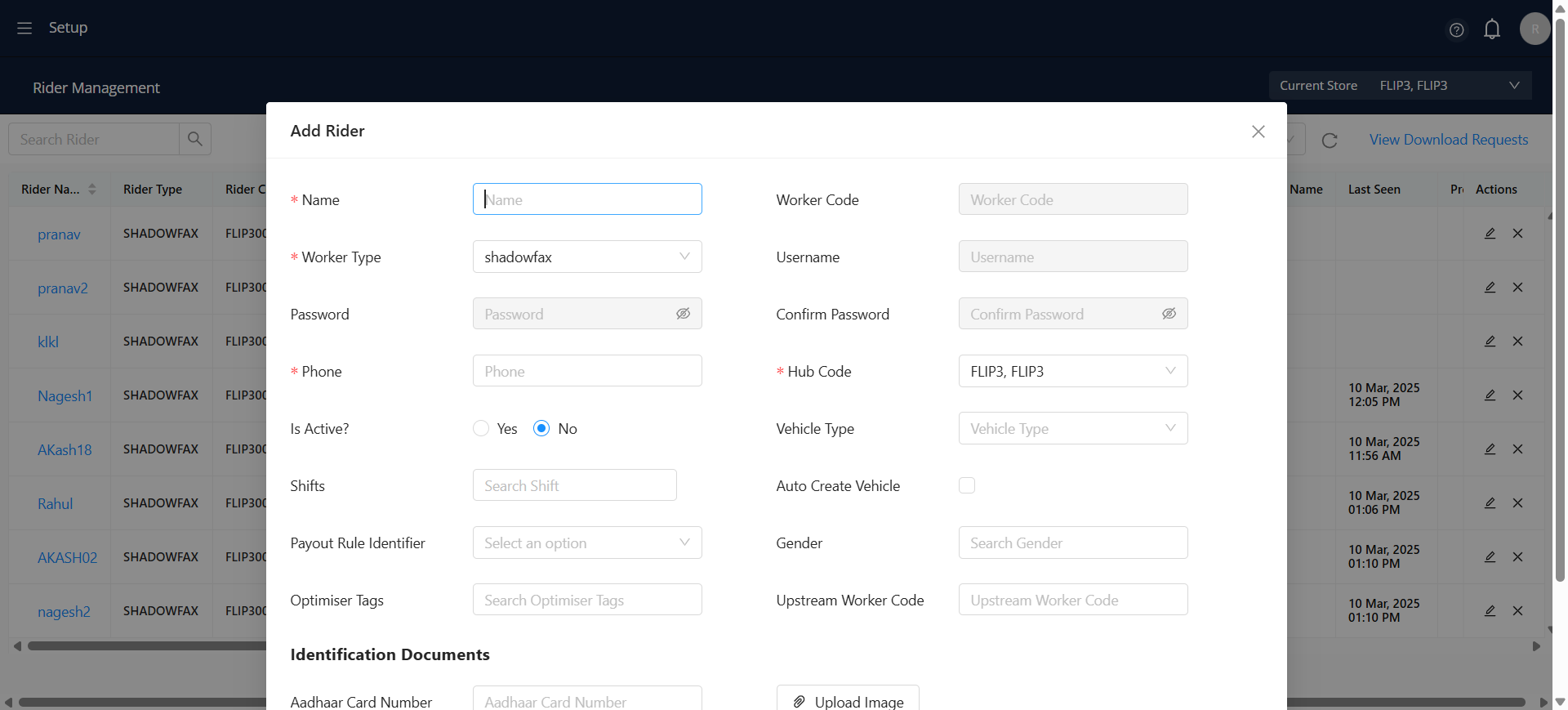
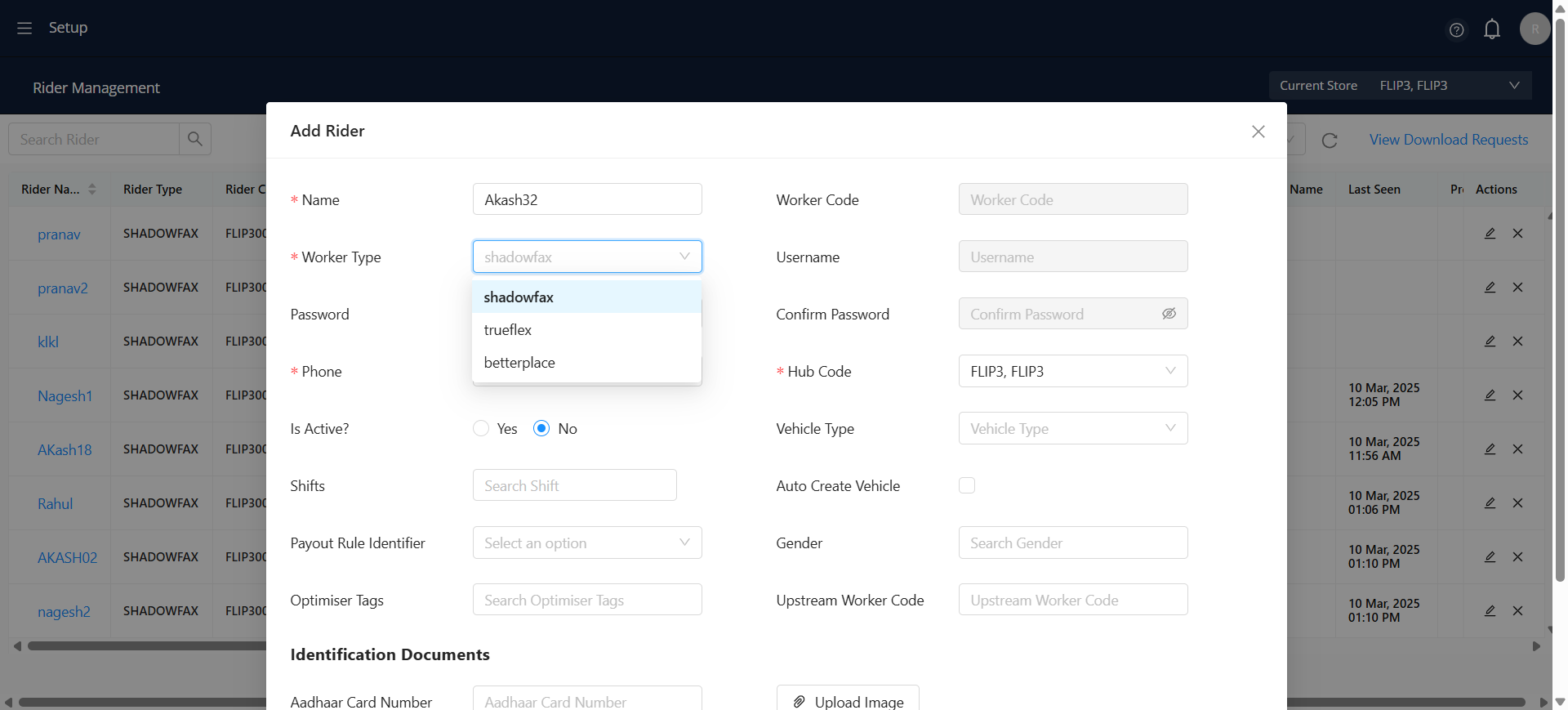
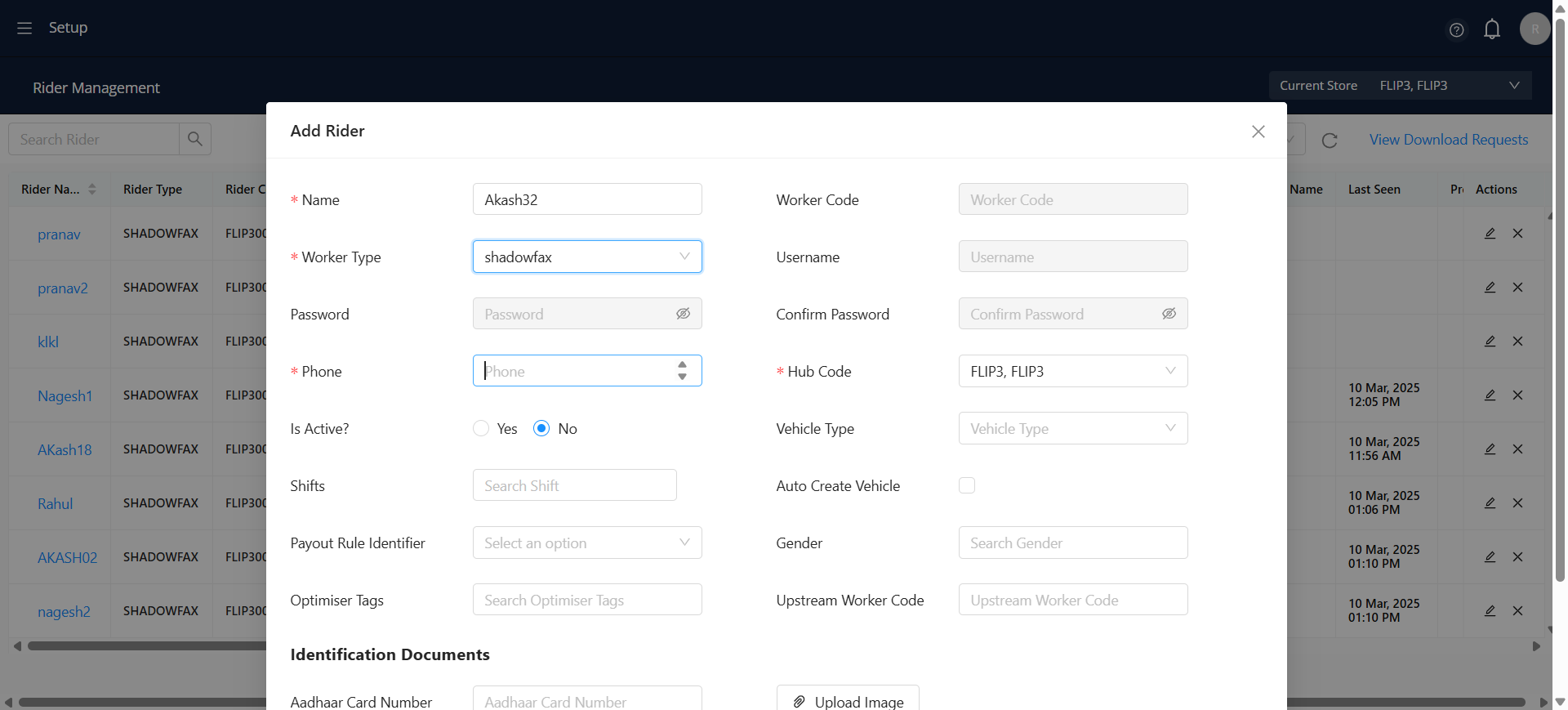
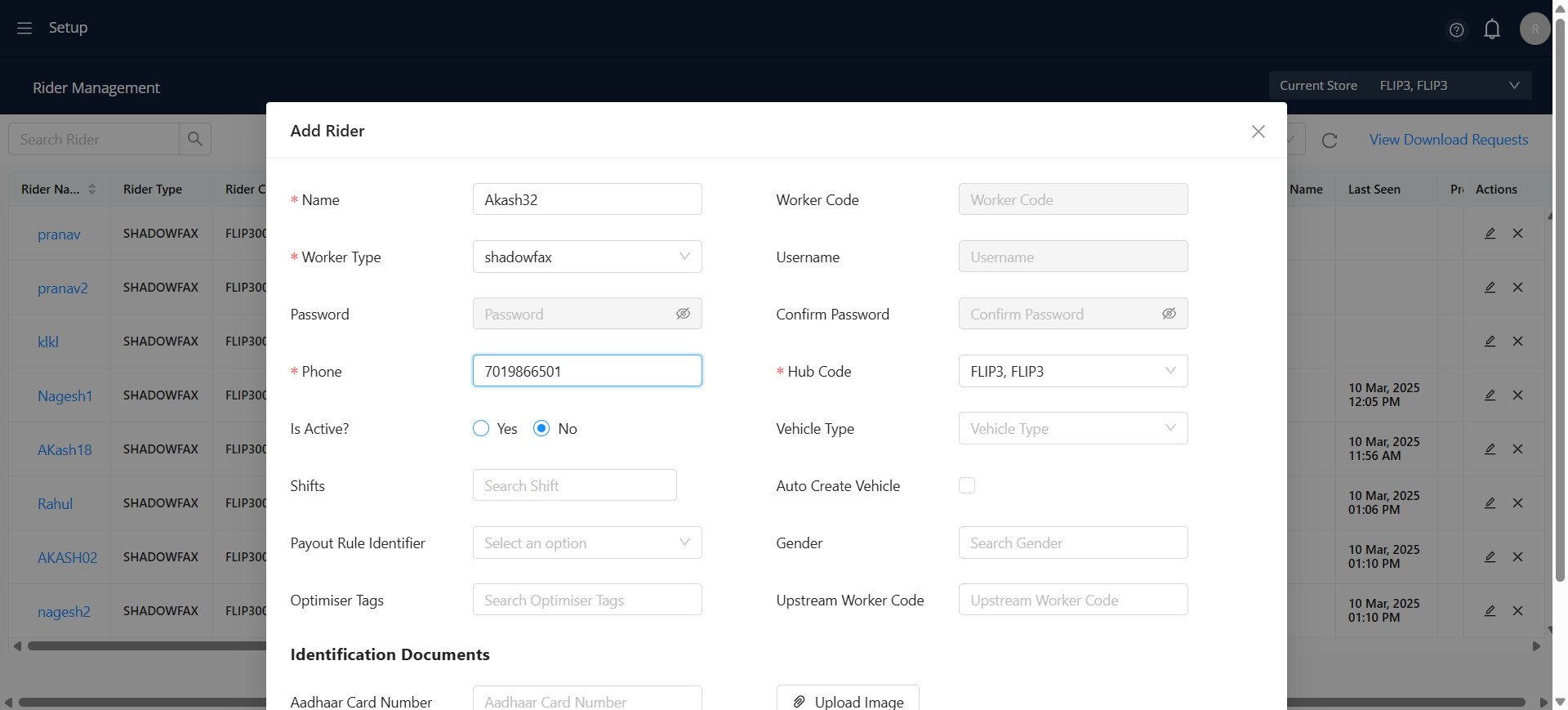
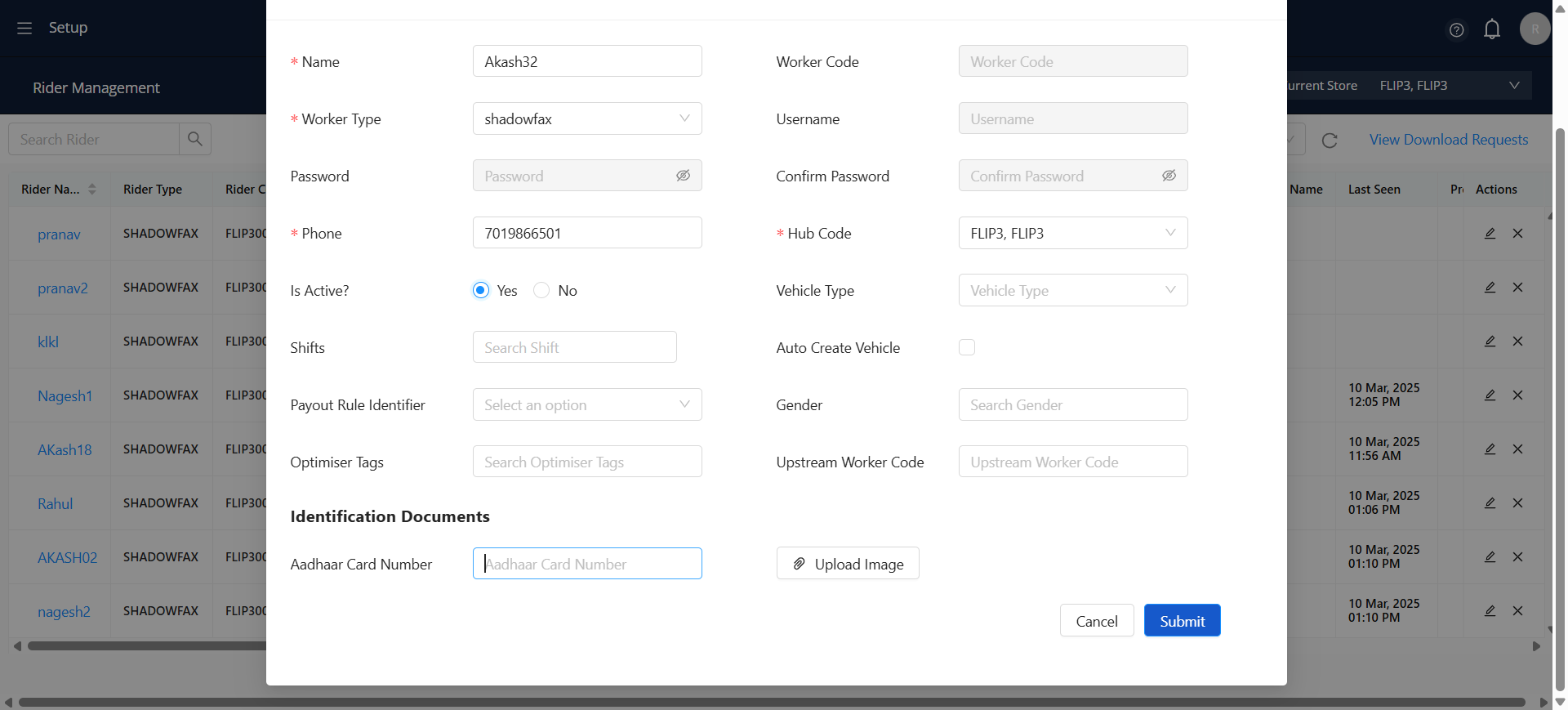
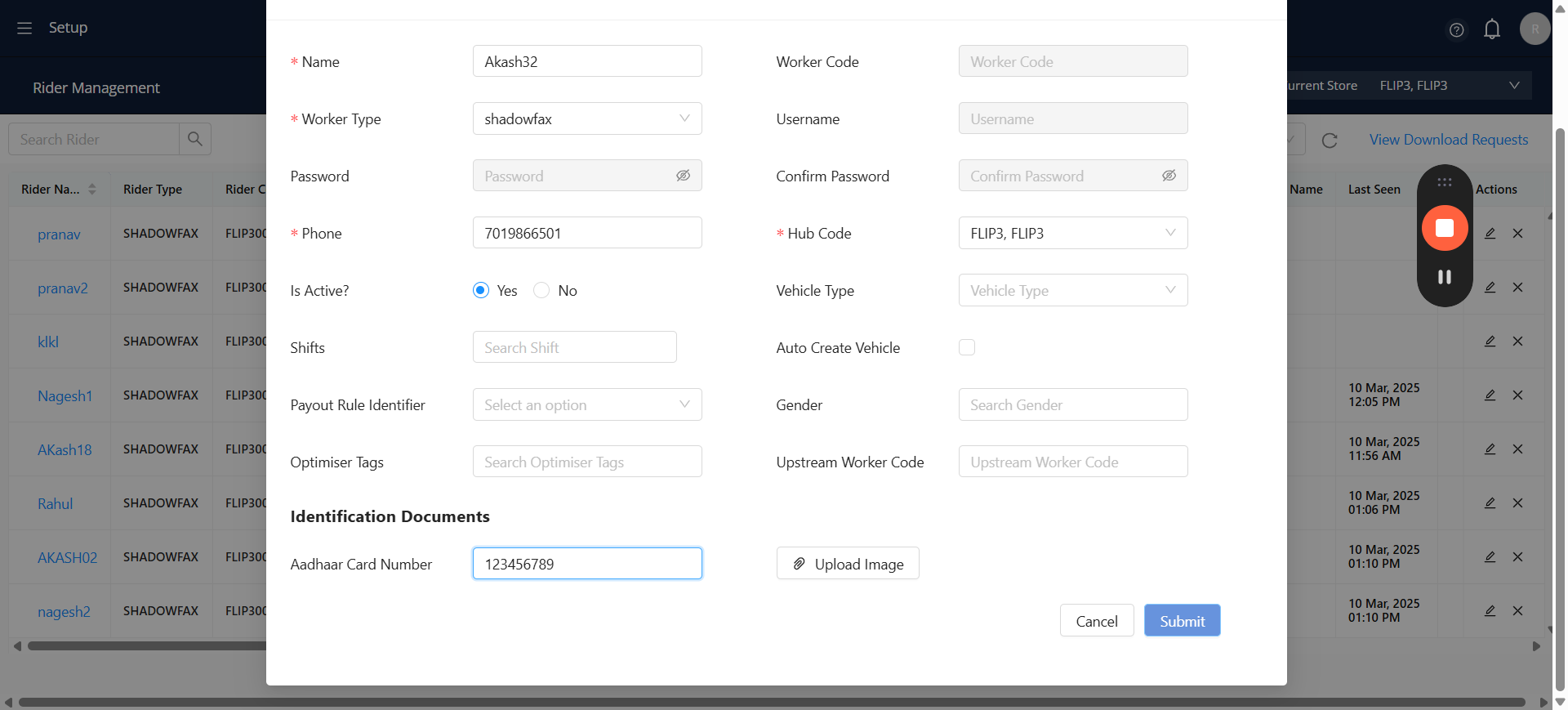

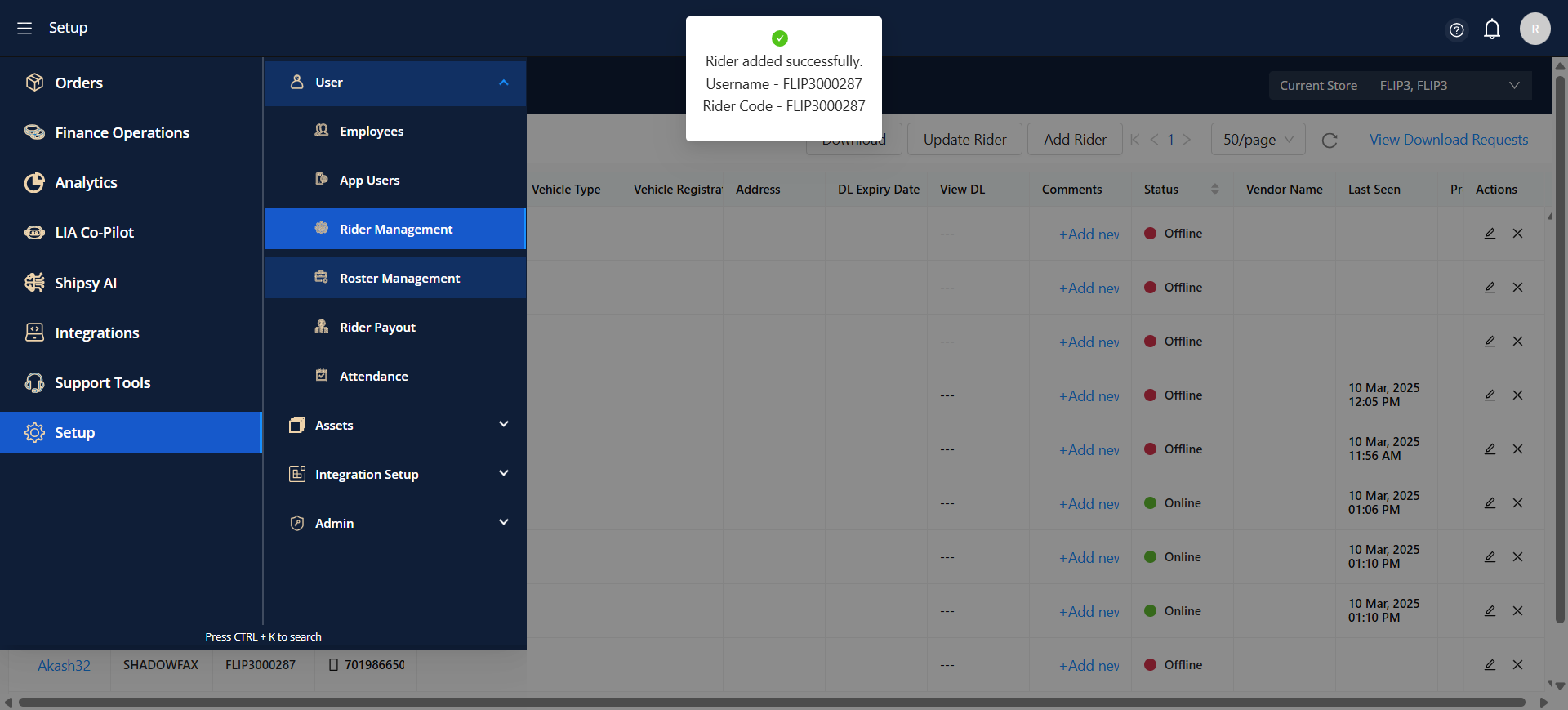
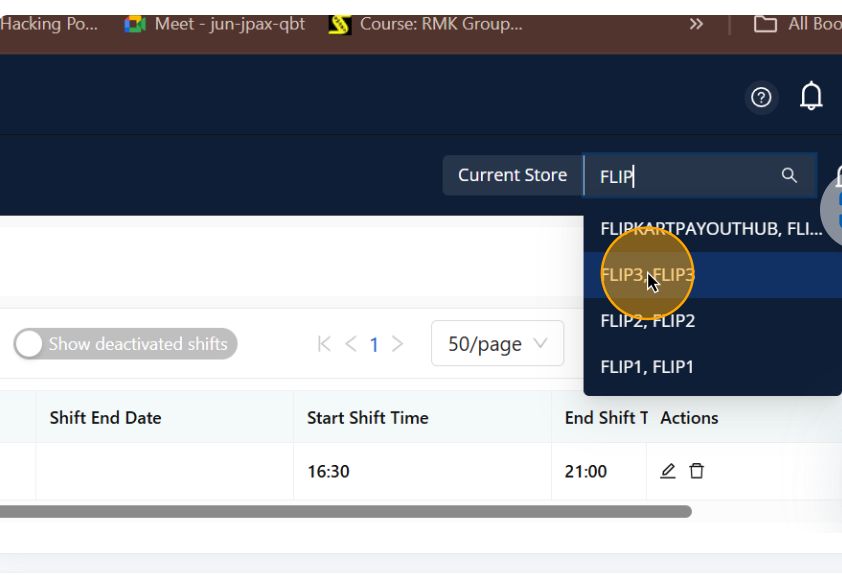
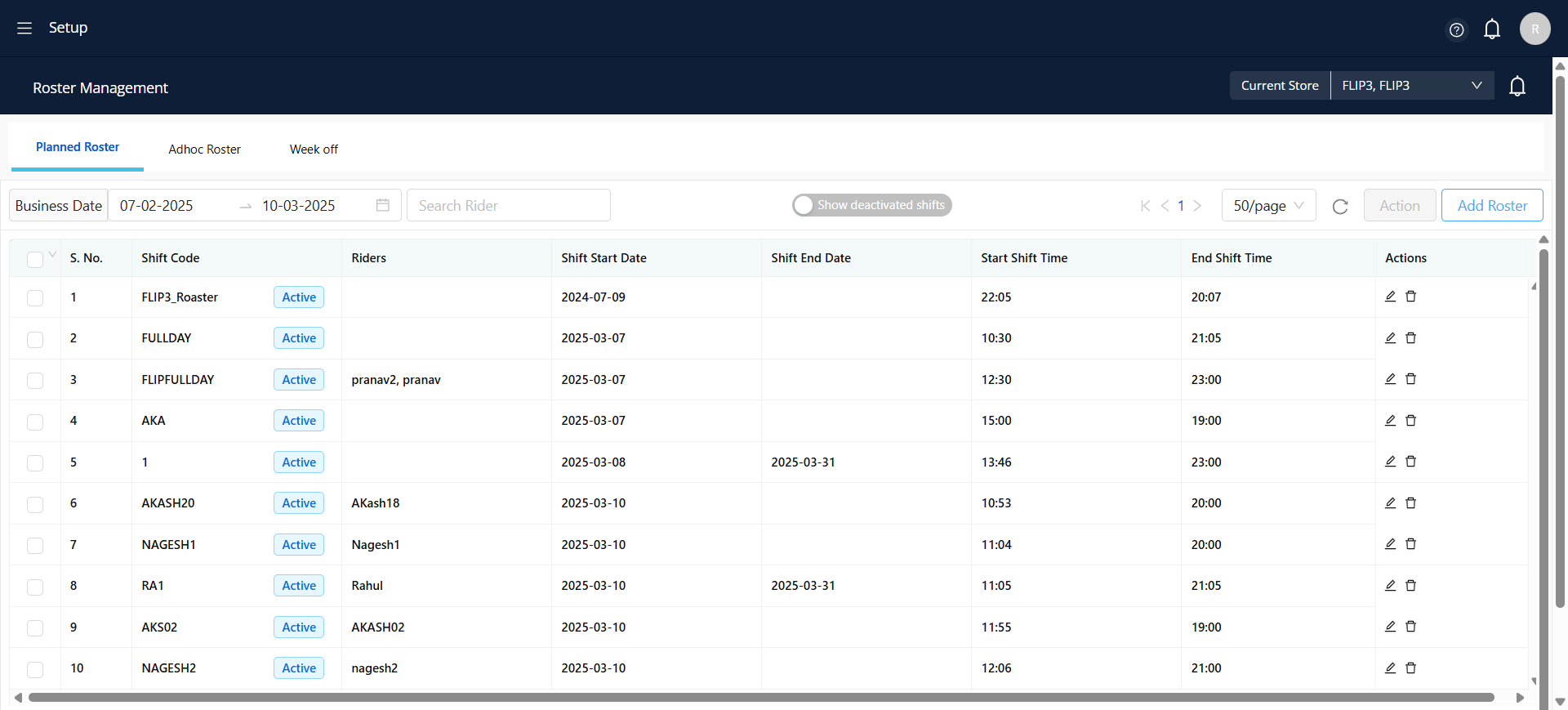
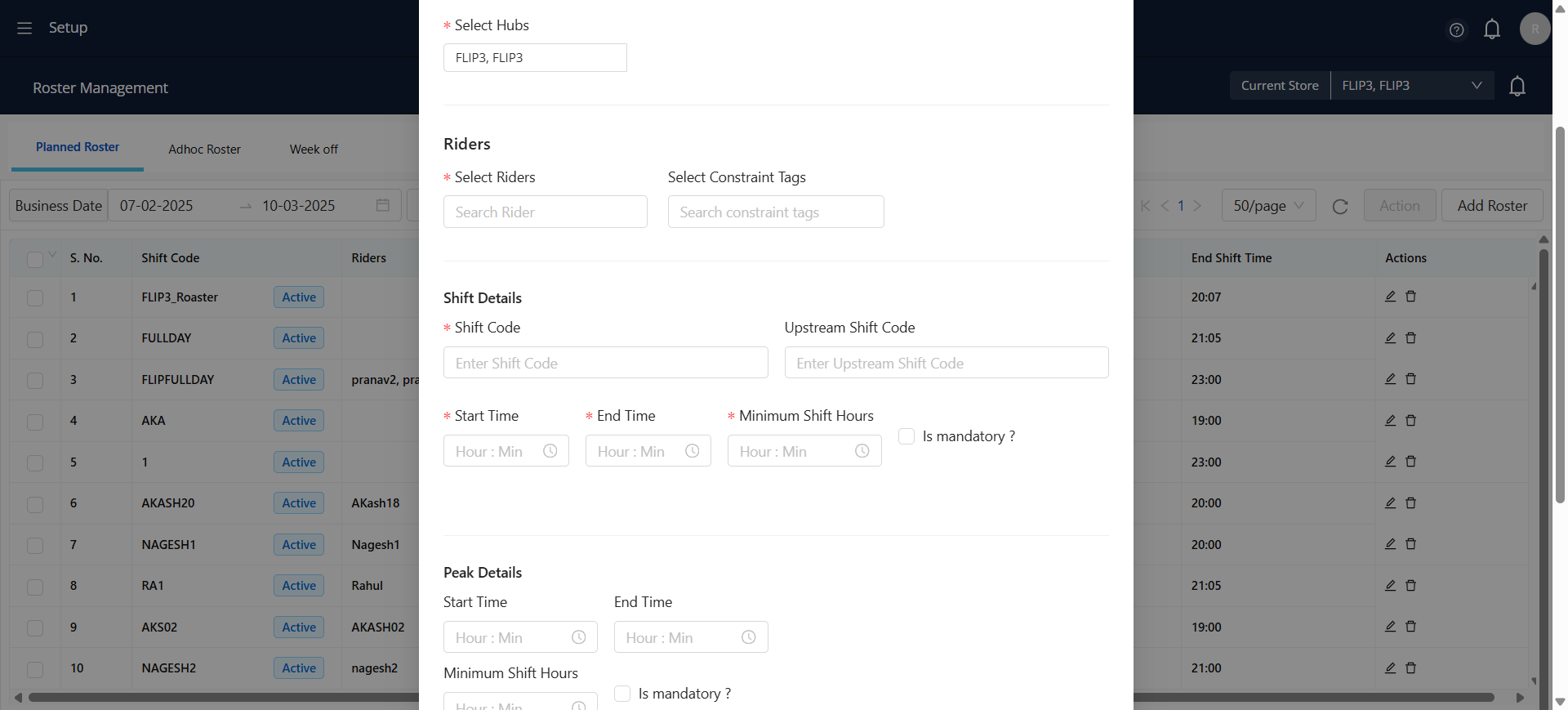
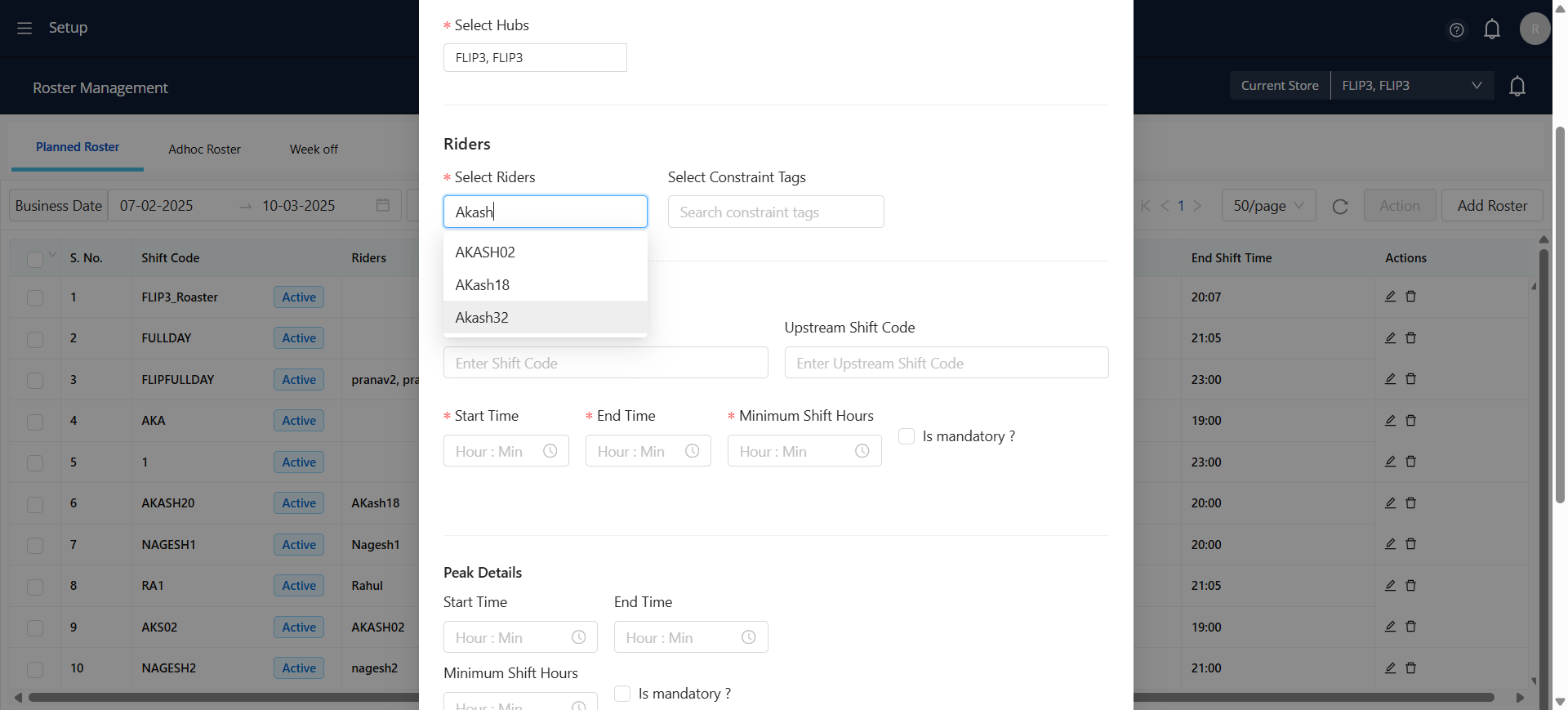
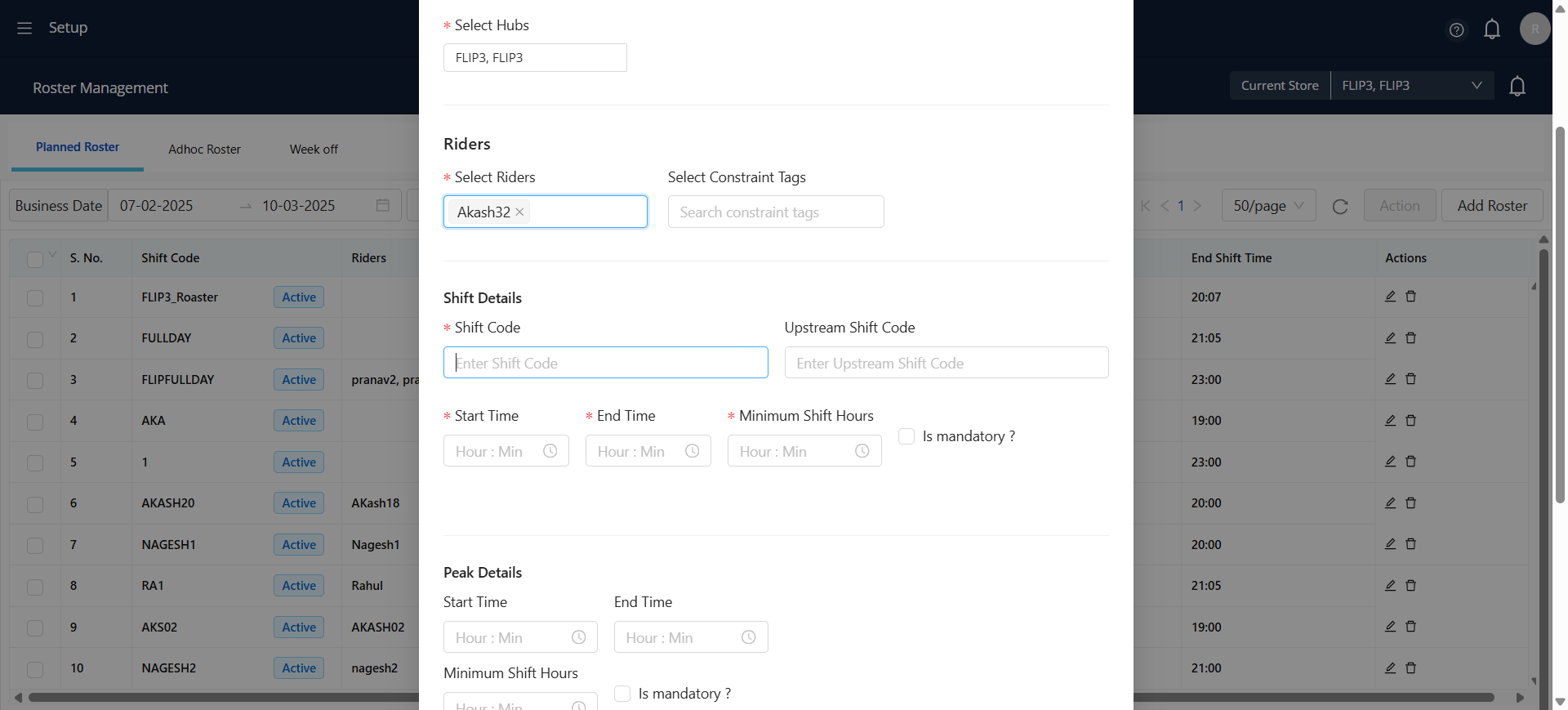
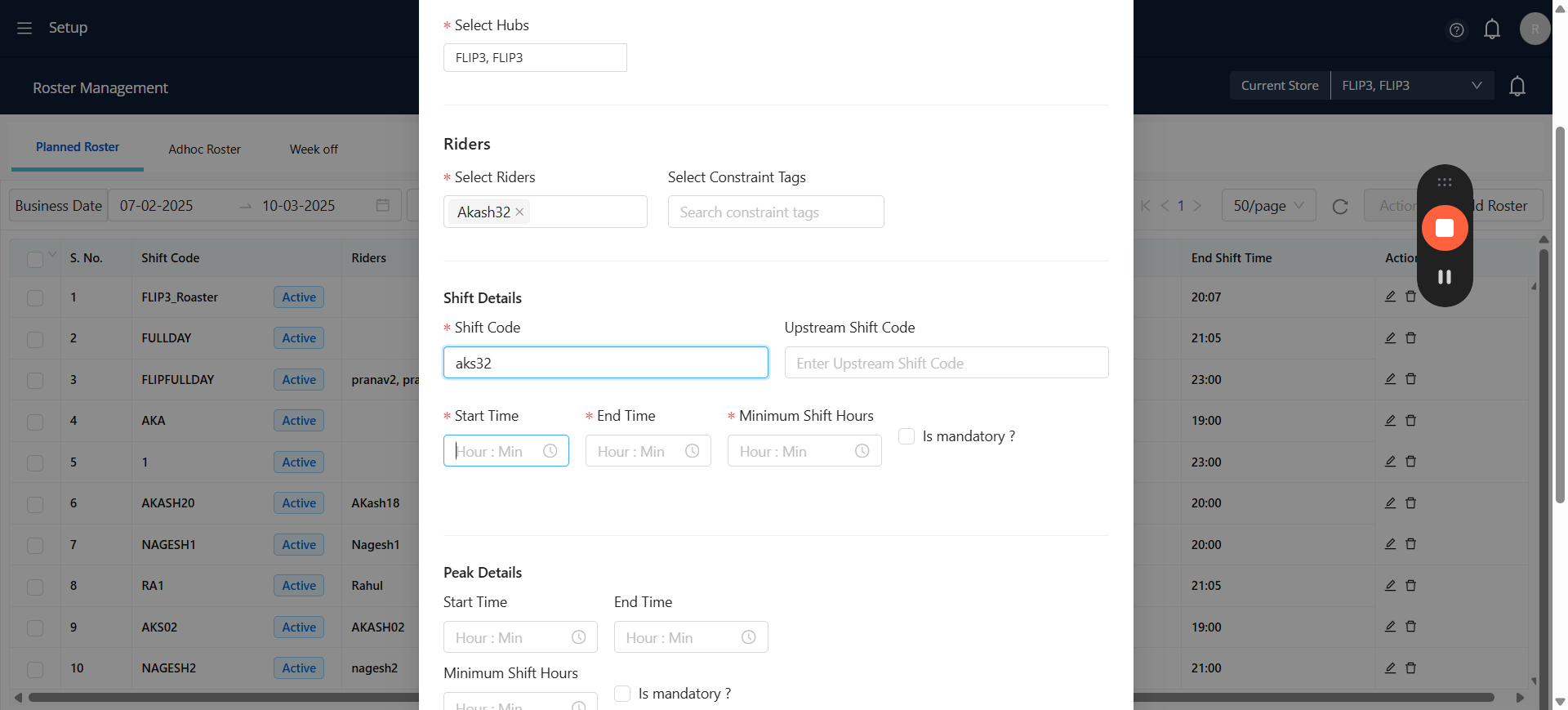
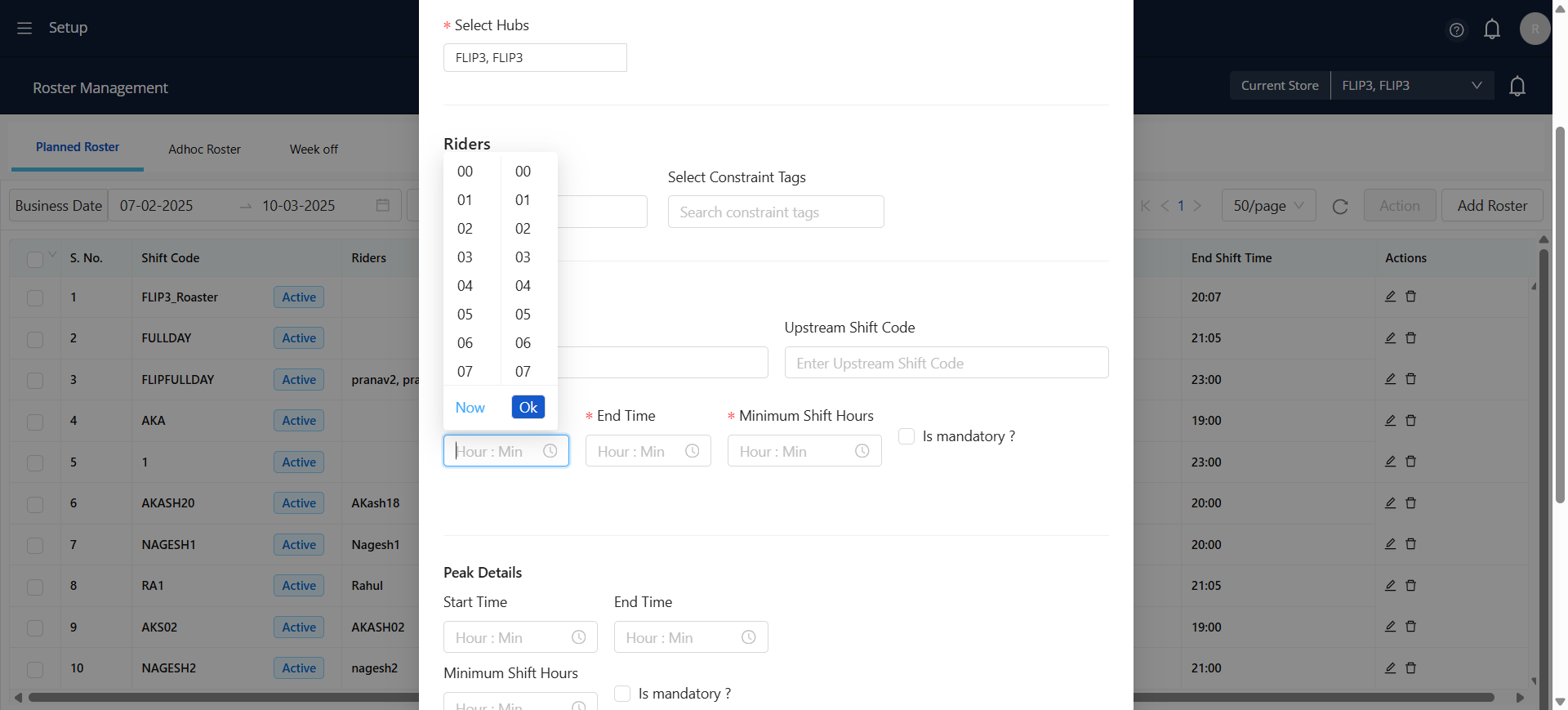
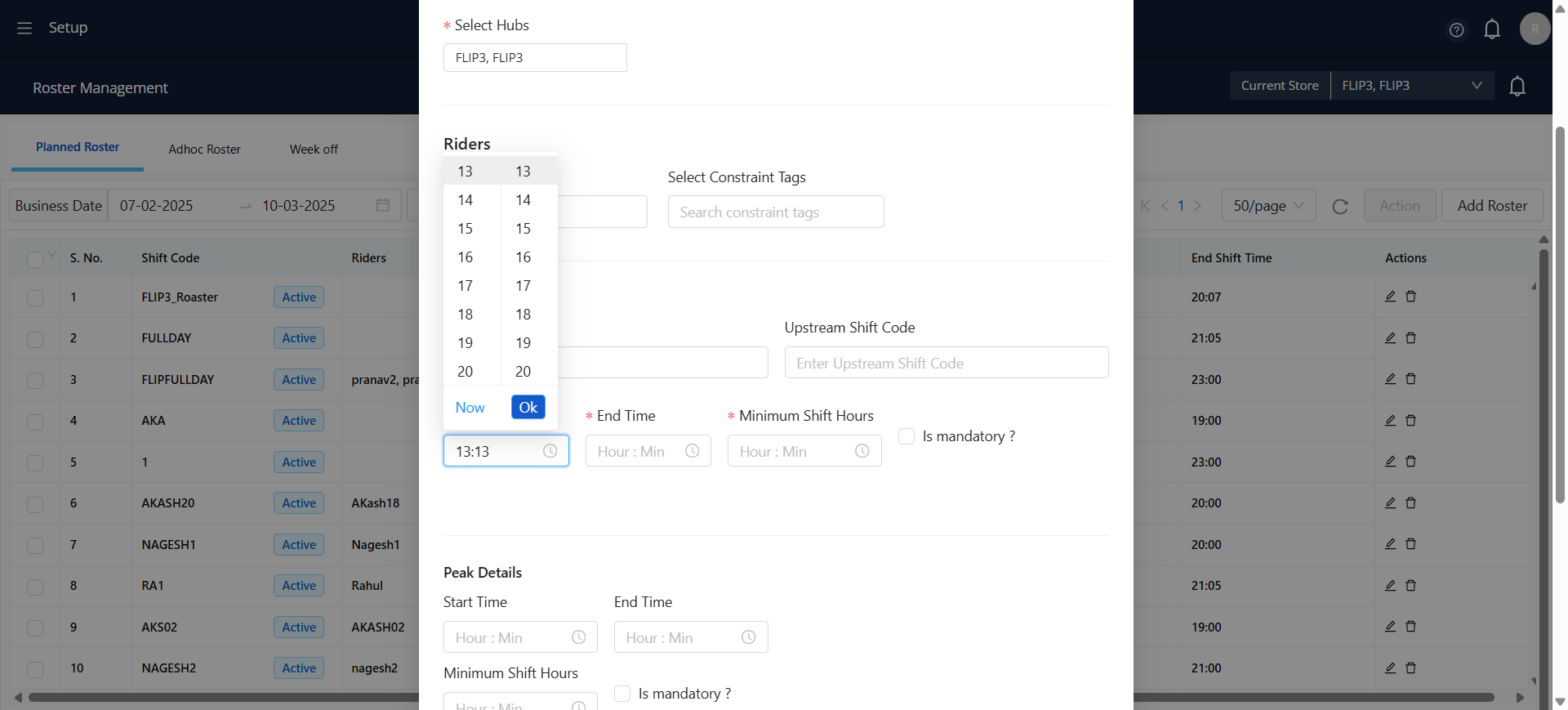
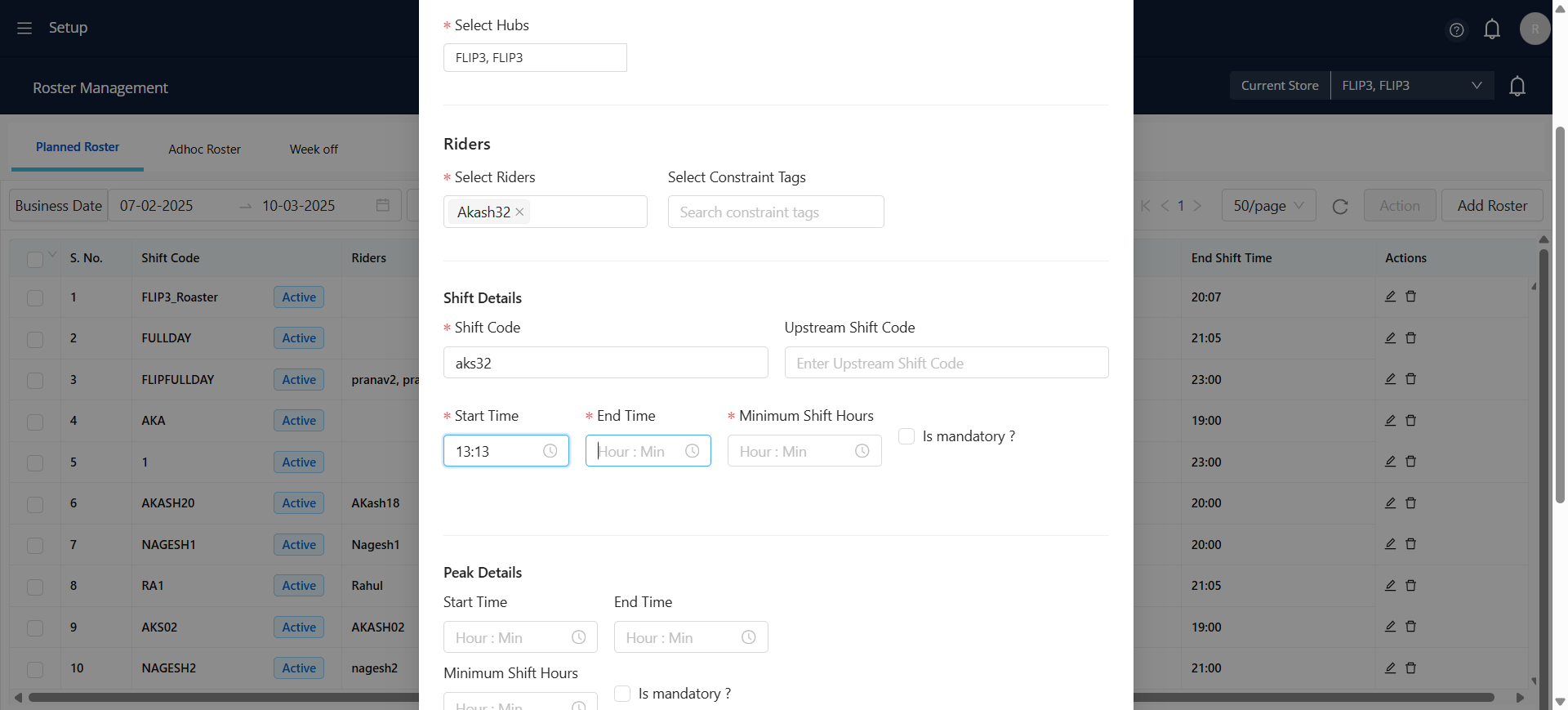
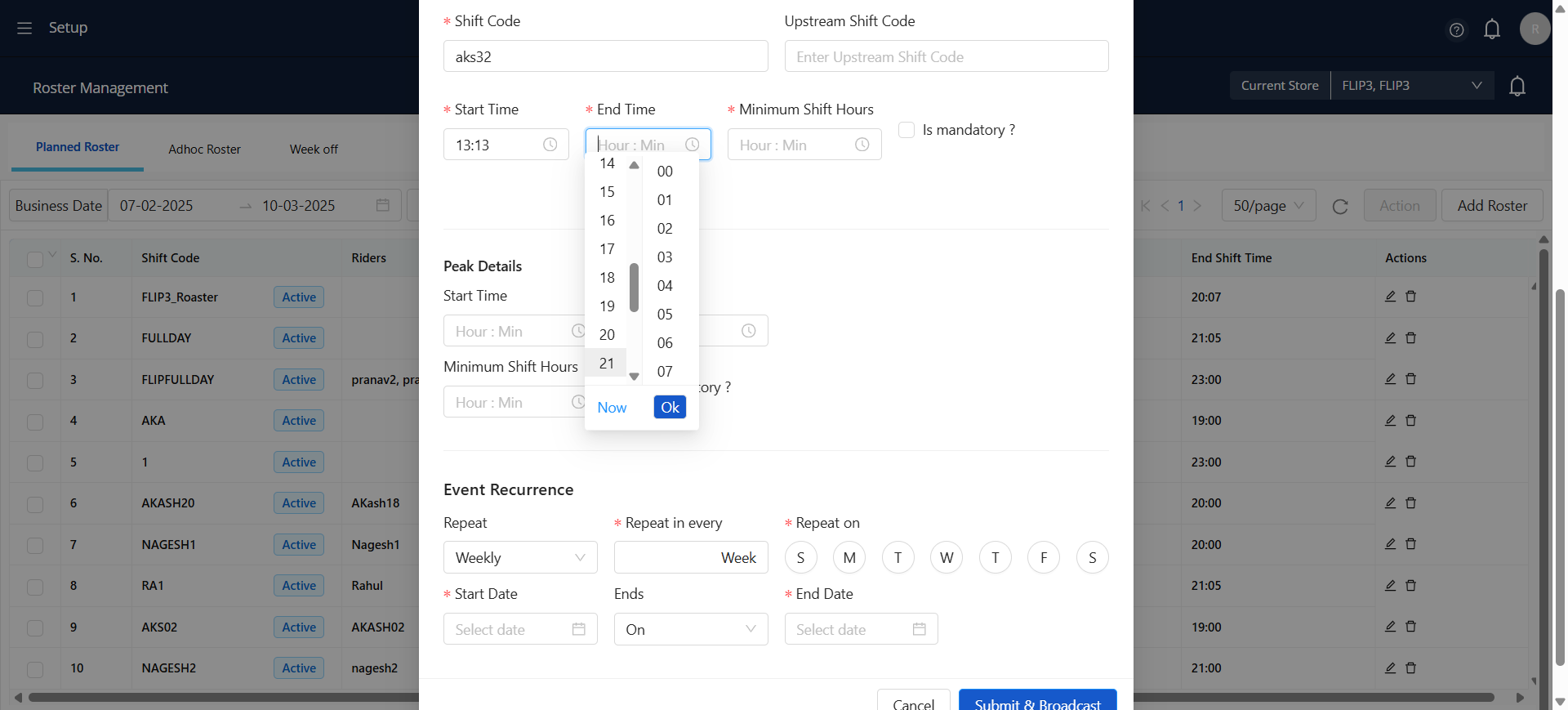

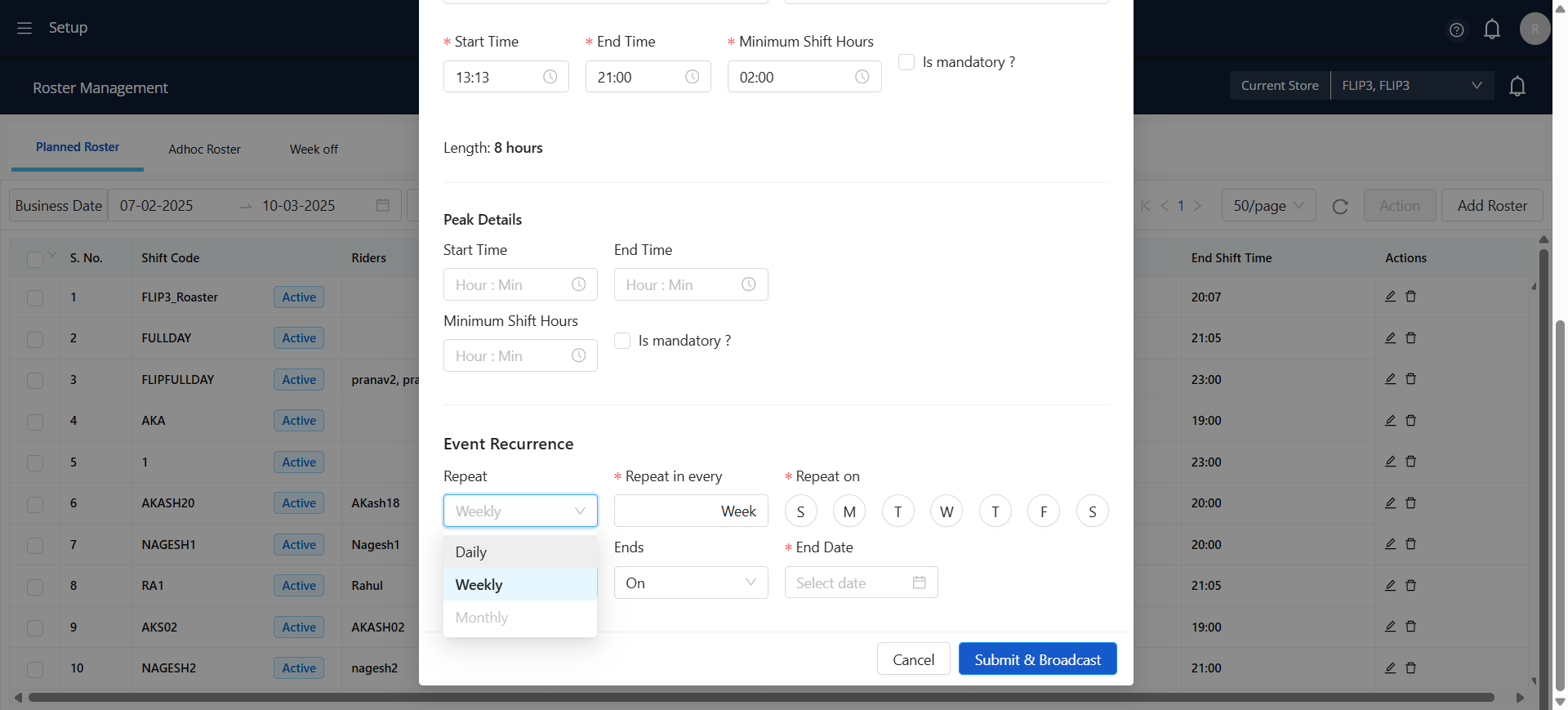
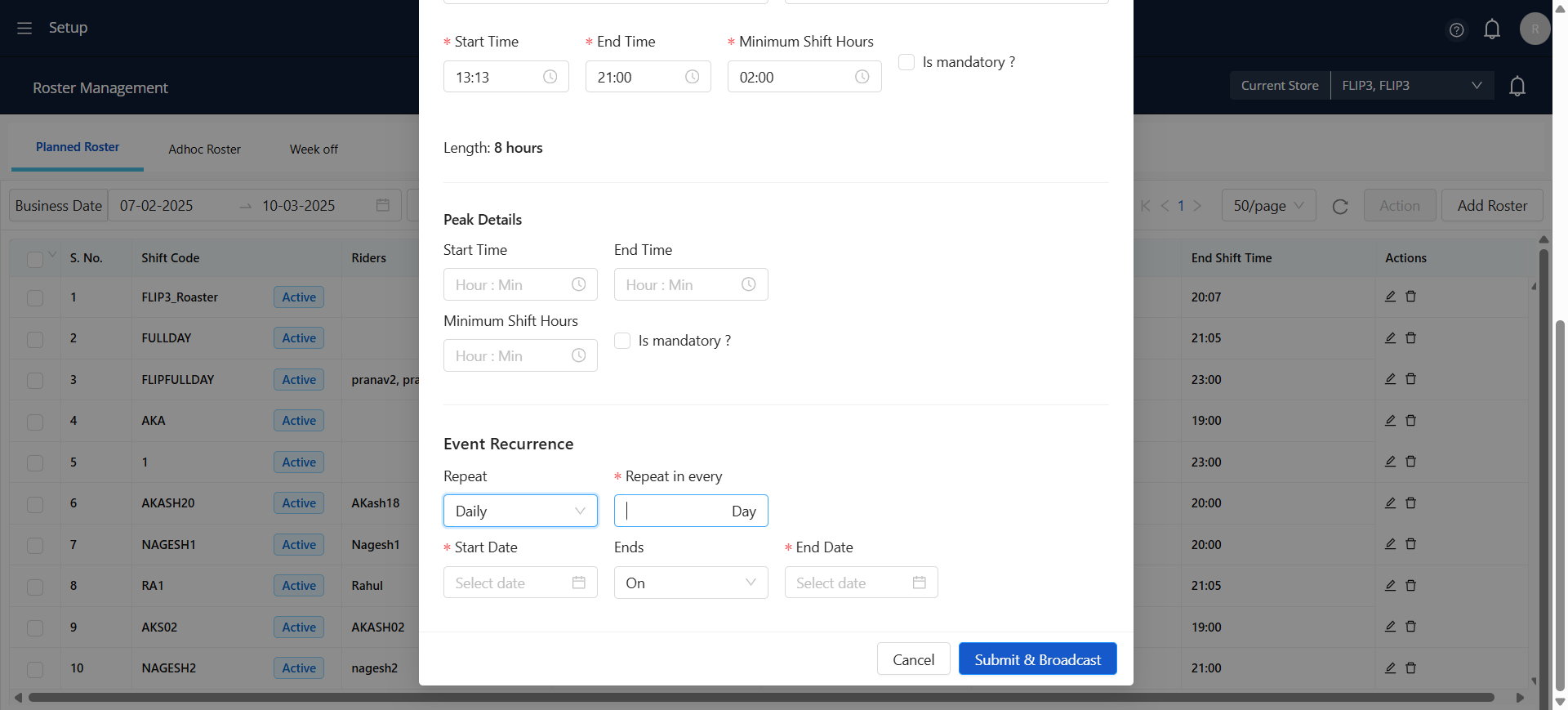
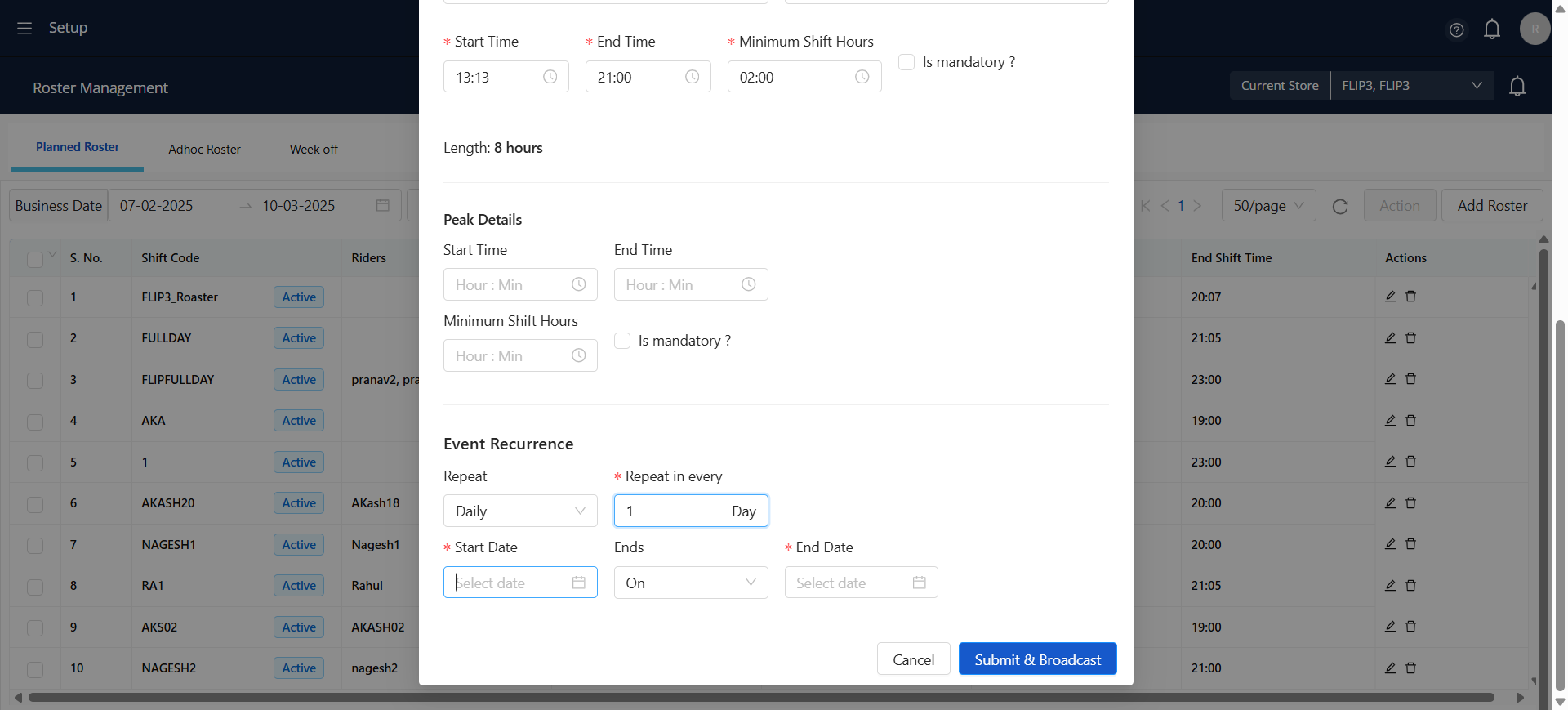
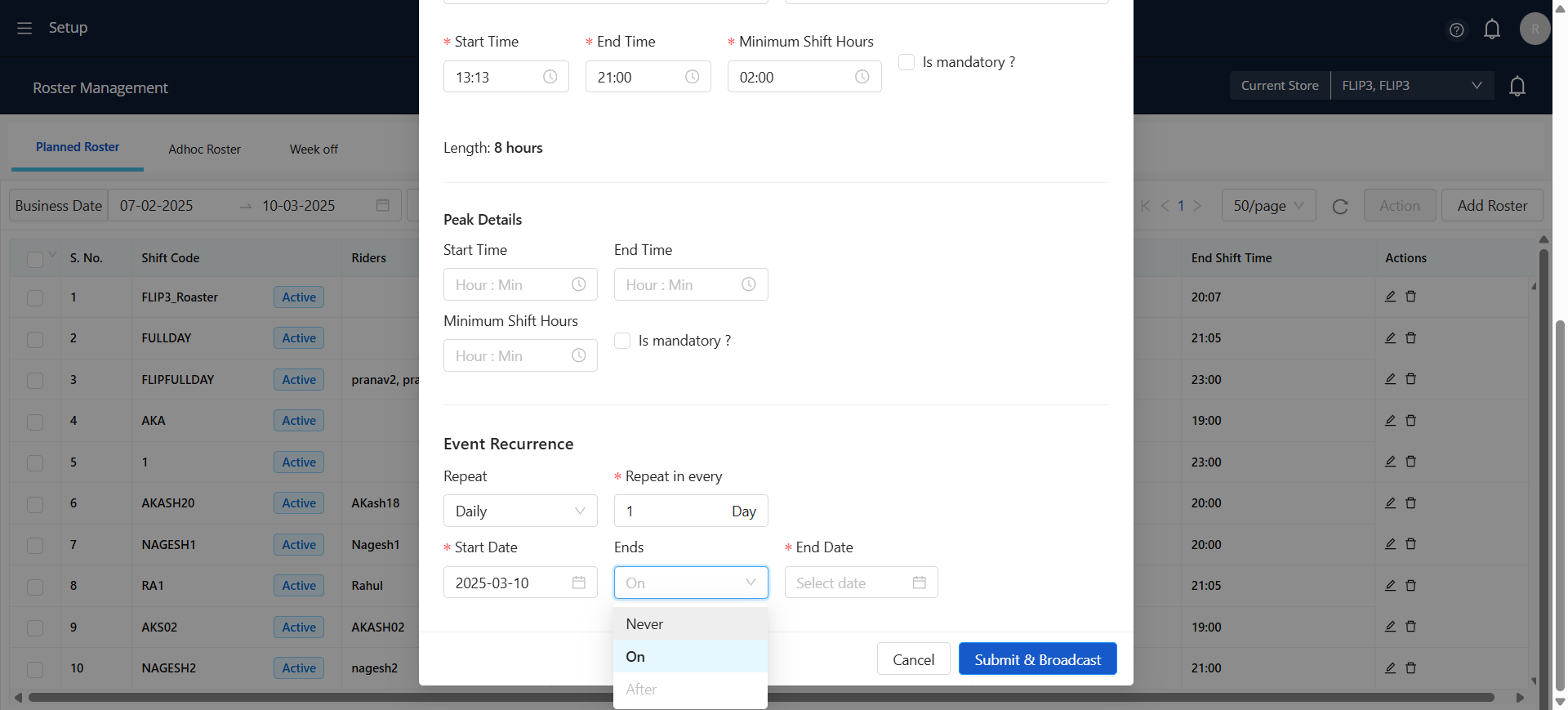

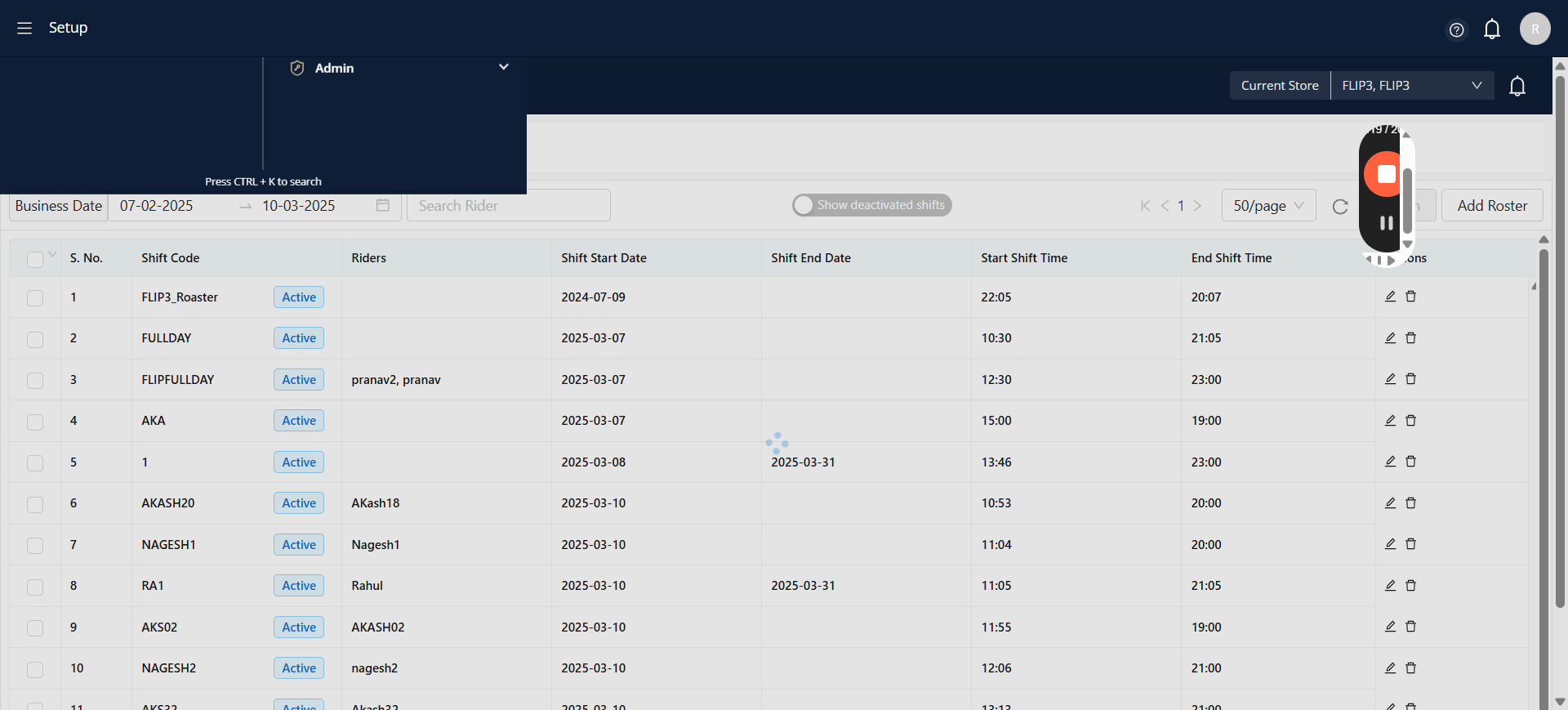
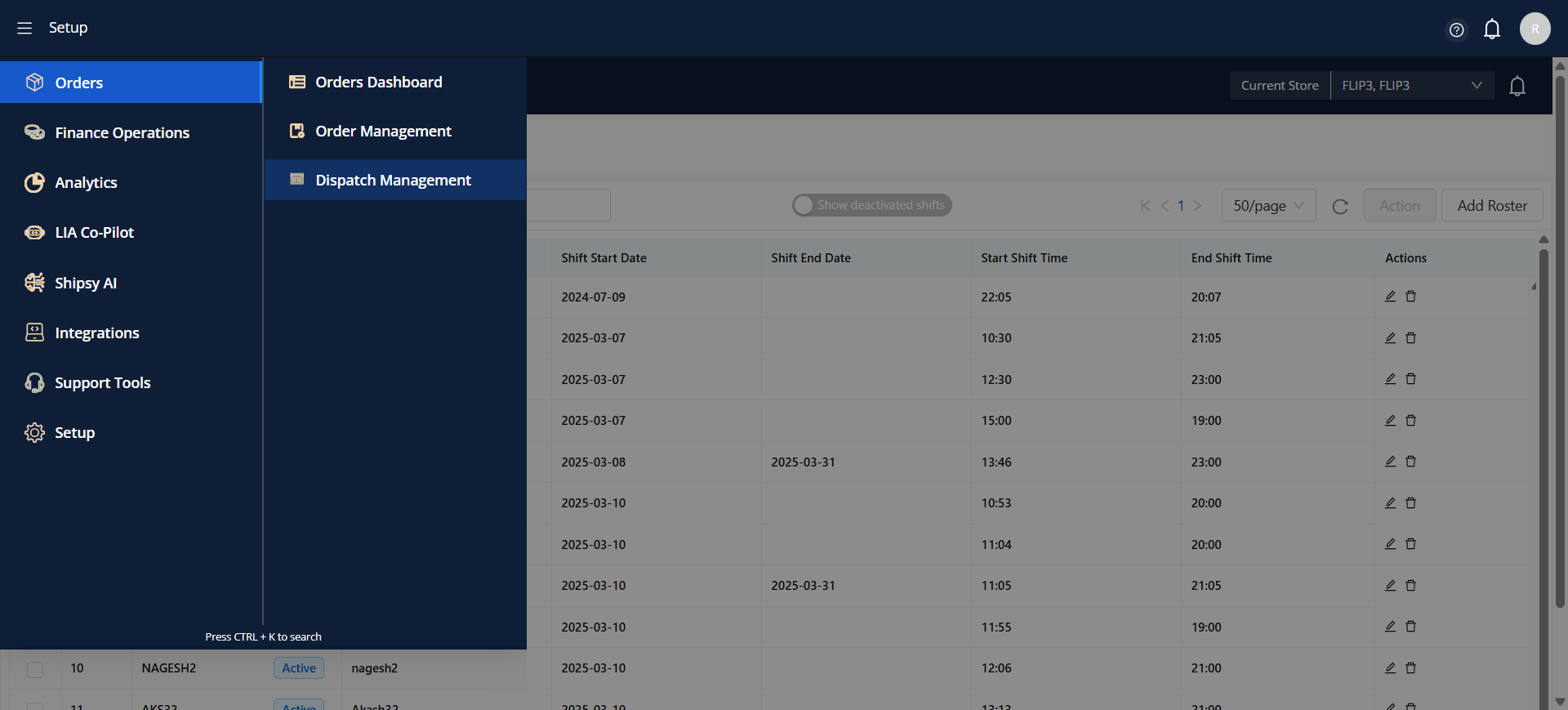
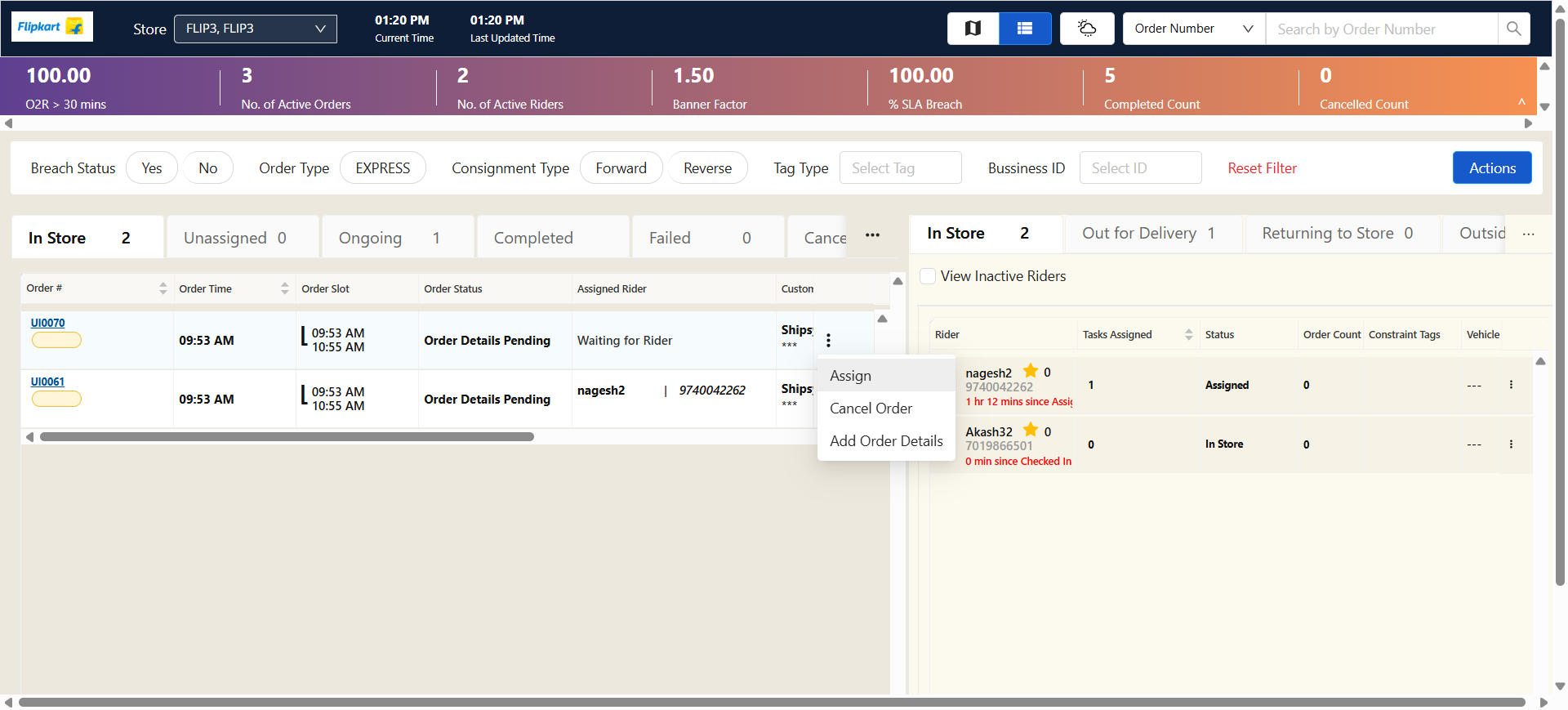
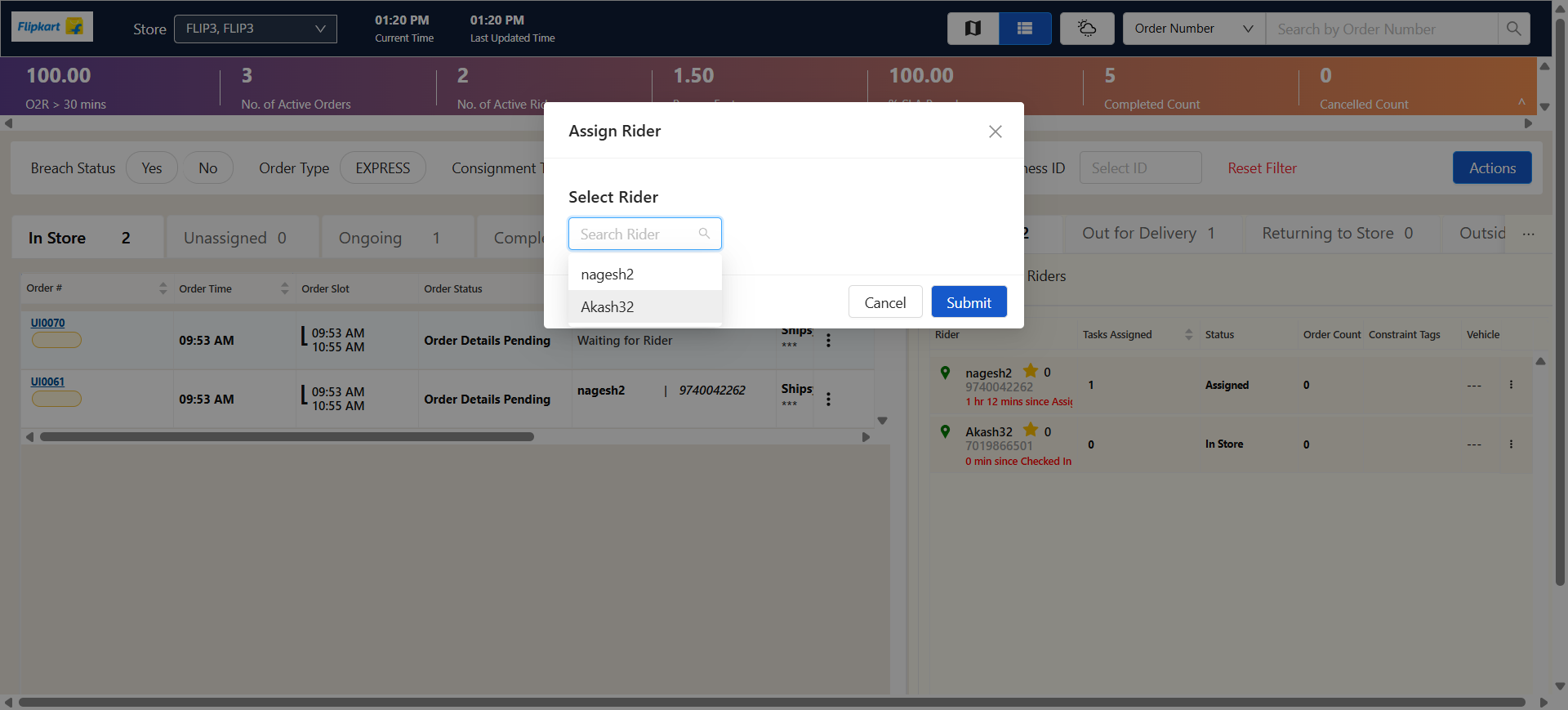
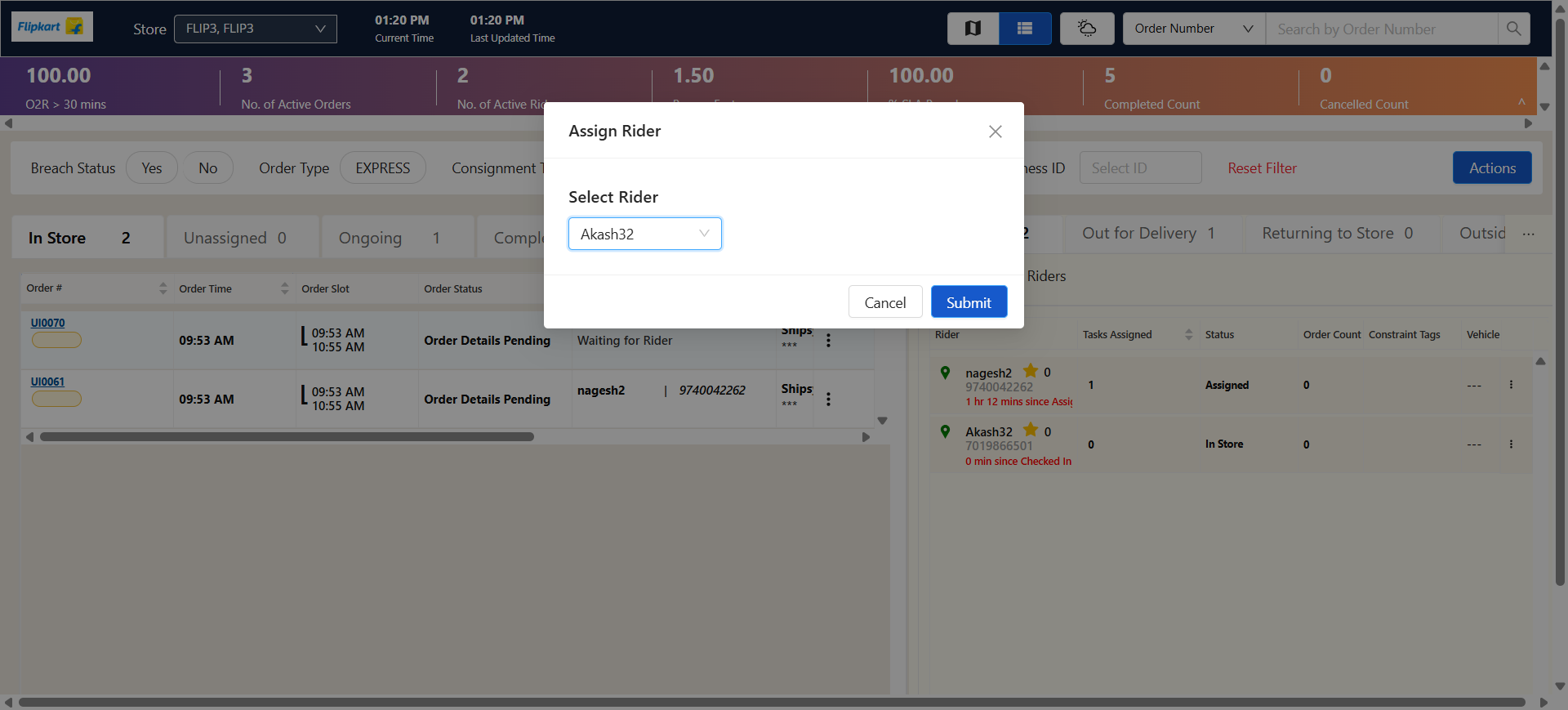

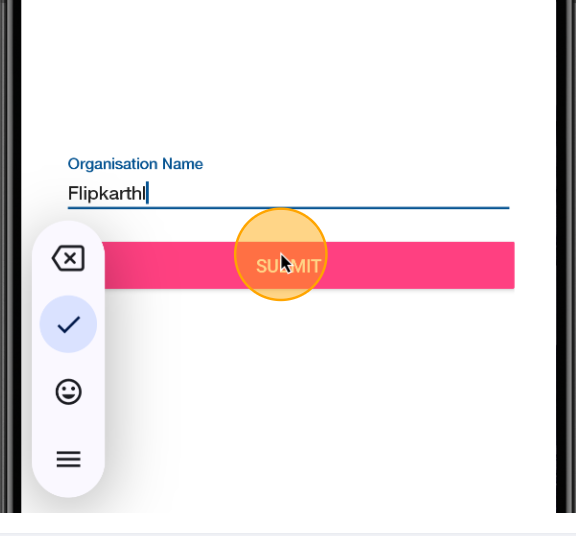
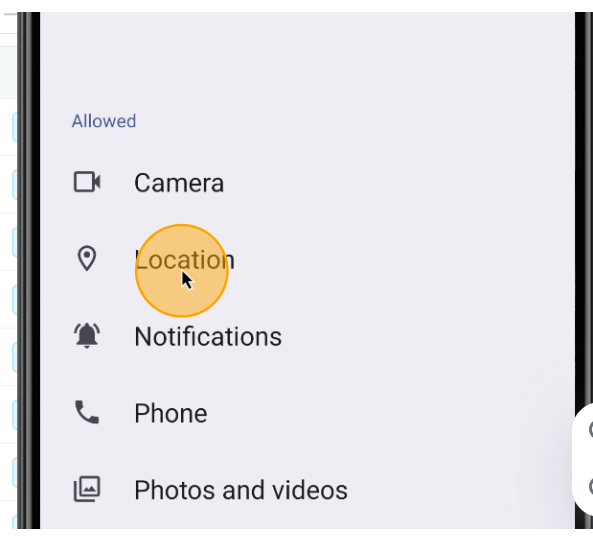
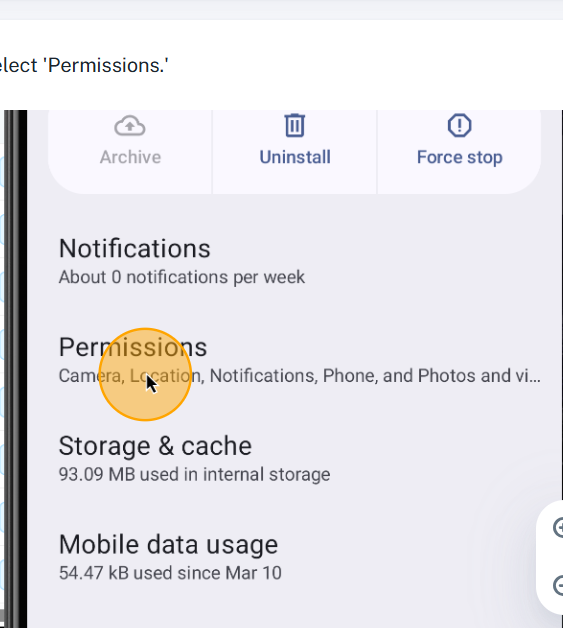
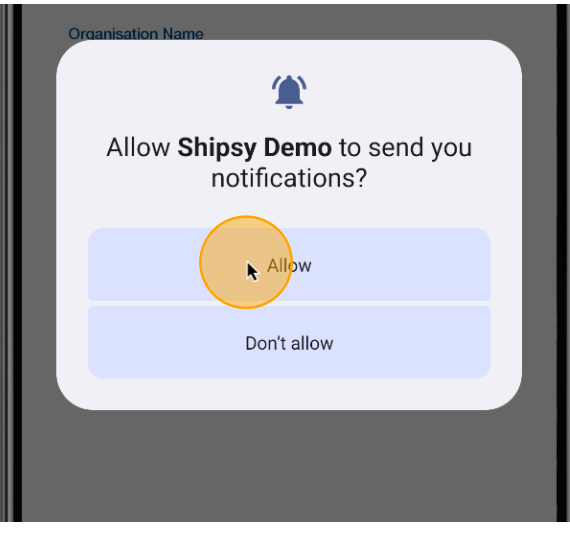
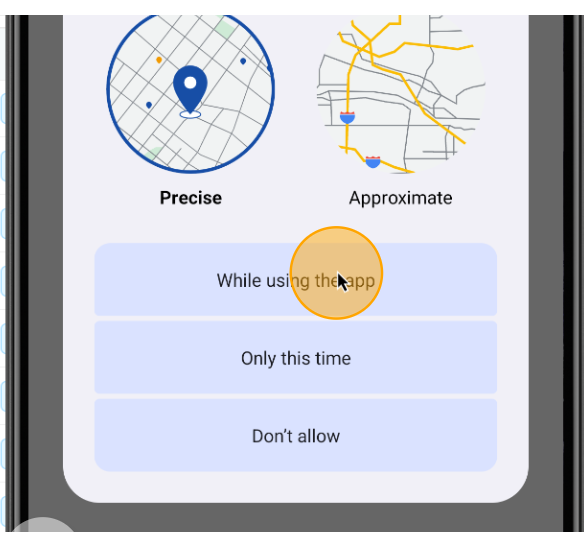
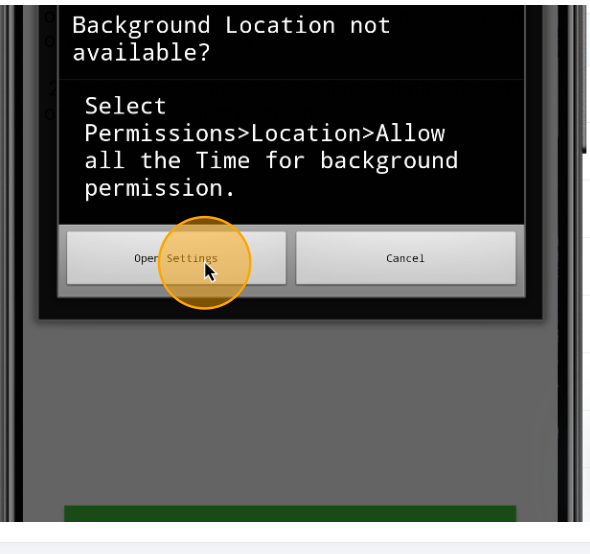
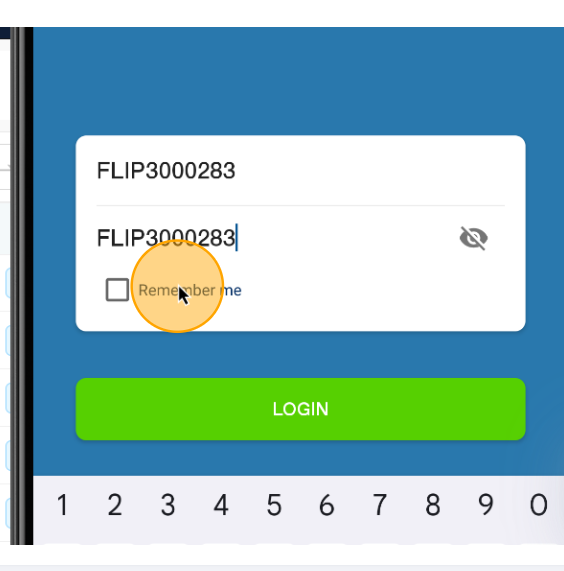
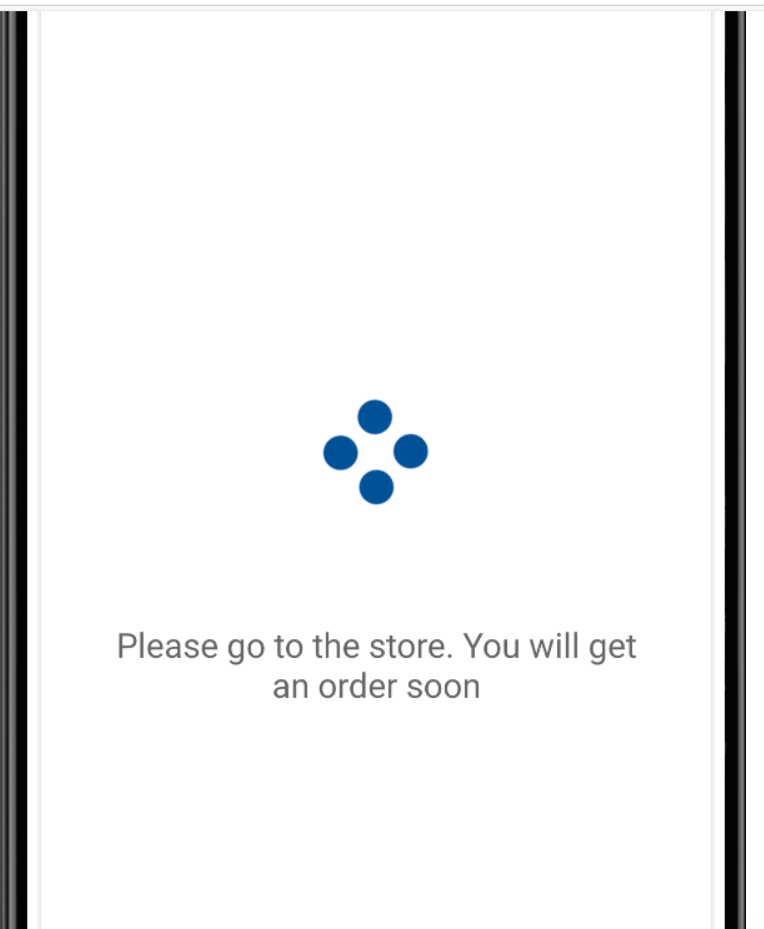
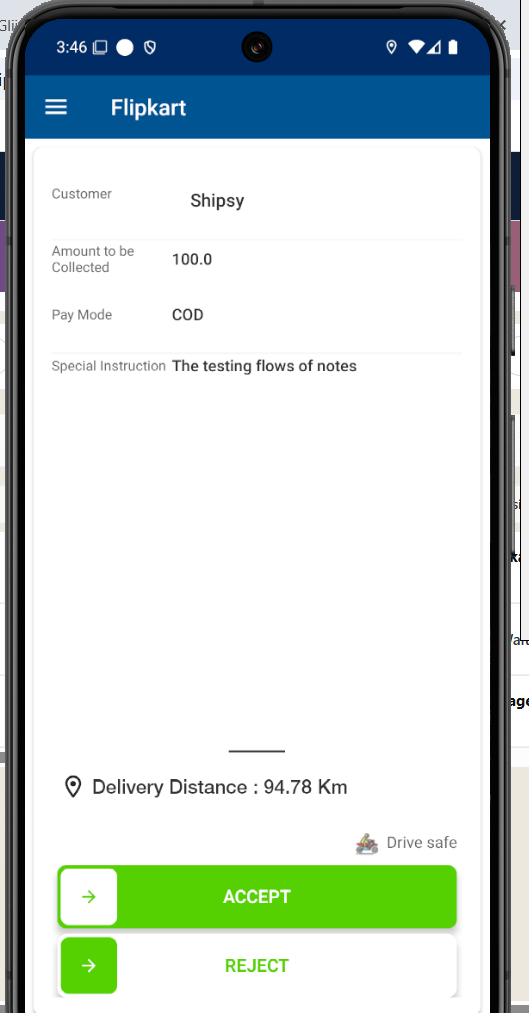
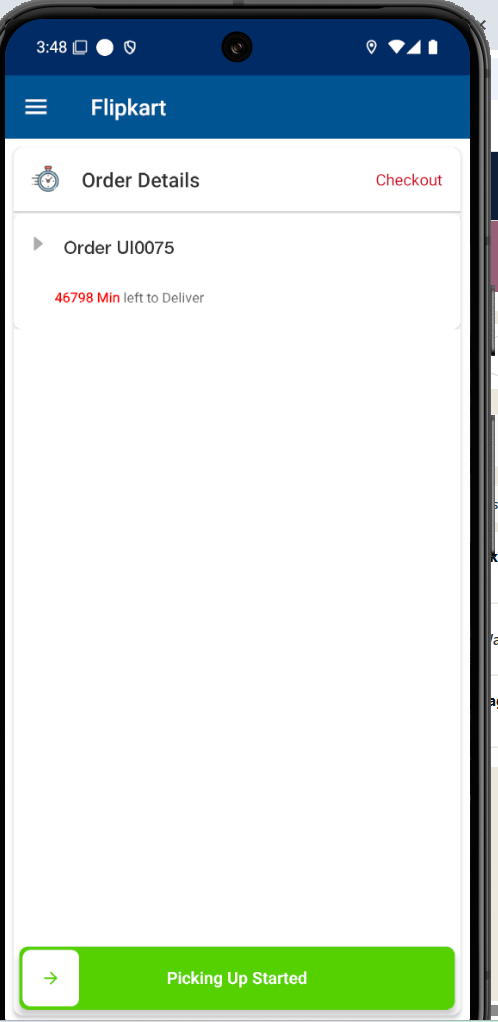
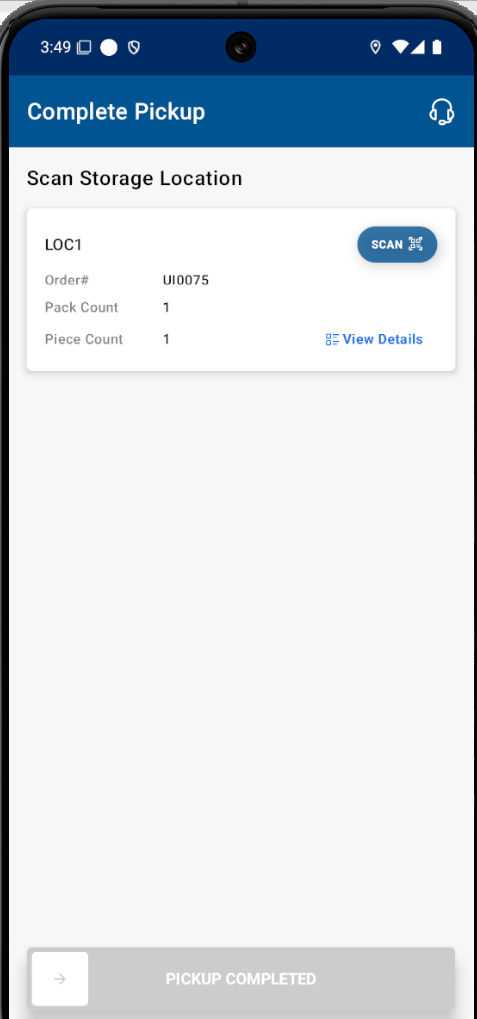
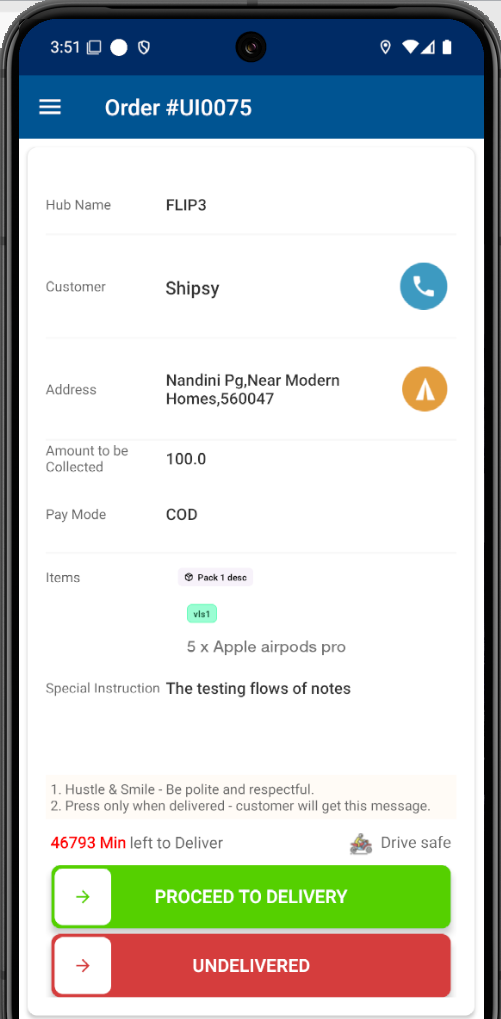
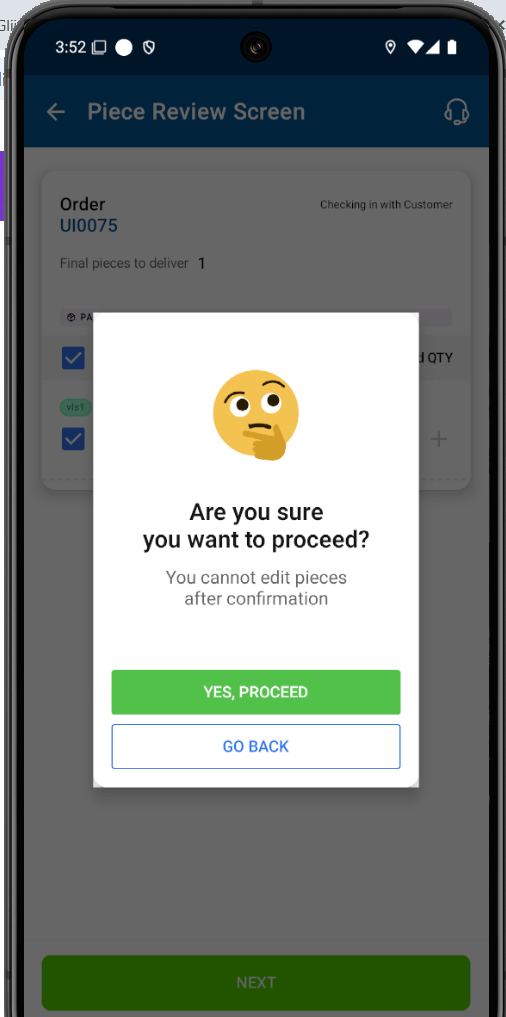
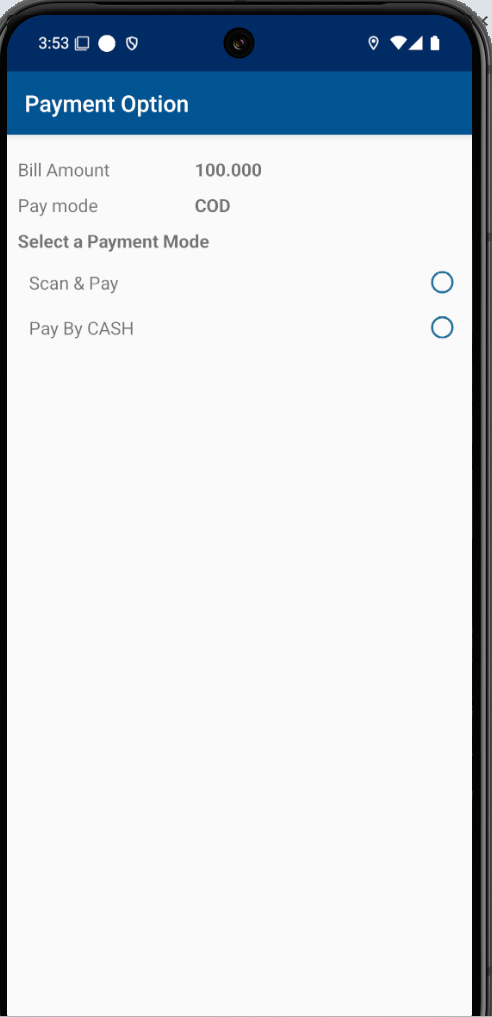
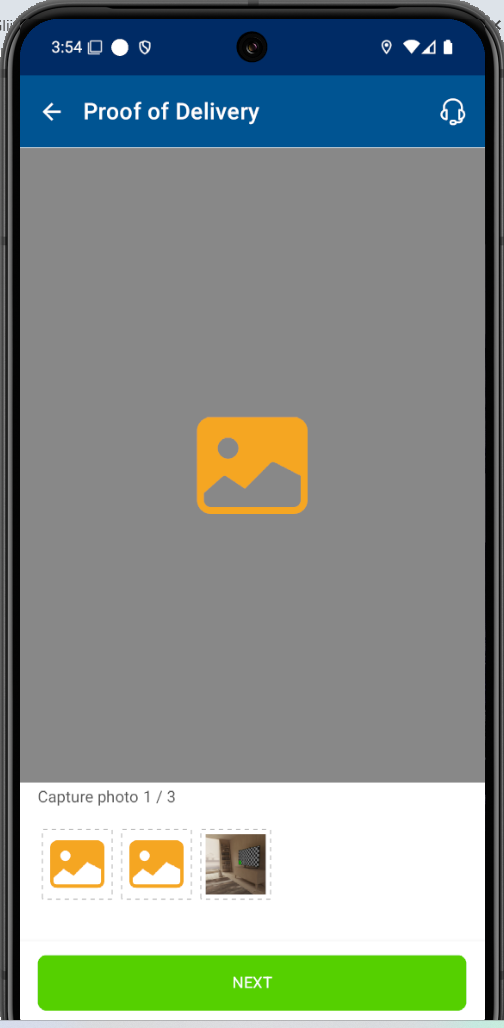

In a hub where multiple orders are present, a single rider can be assigned to handle multiple deliveries efficiently. The system ensures optimal allocation based on rider availability, capacity, and delivery routes. The rider receives order details, collects the packages, and follows the designated route to complete the deliveries. This approach enhances operational efficiency, reduces transit time, and improves overall service quality. Effective dispatch management ensures seamless coordination between hubs, riders, and customers, maintaining accuracy in order fulfillment and timely deliveries.
OBD is an automated system that dials numbers from a database to deliver pre-recorded messages or connect to live agents. It is used for reminders, promotions, feedback collection, and order confirmations. documentation